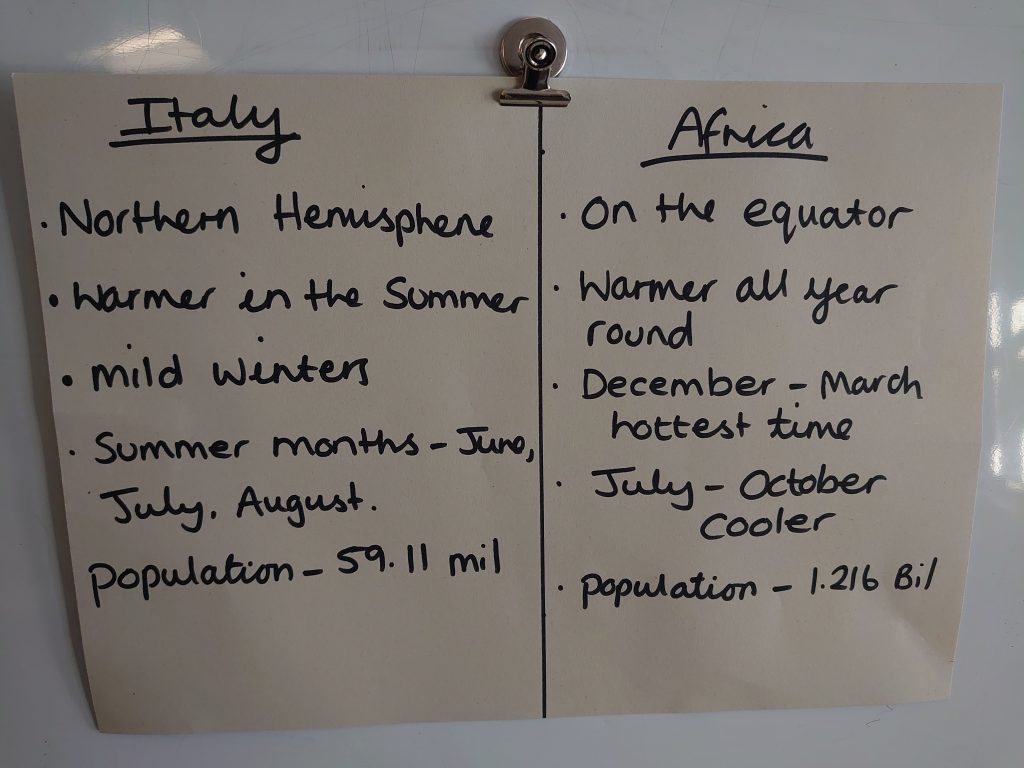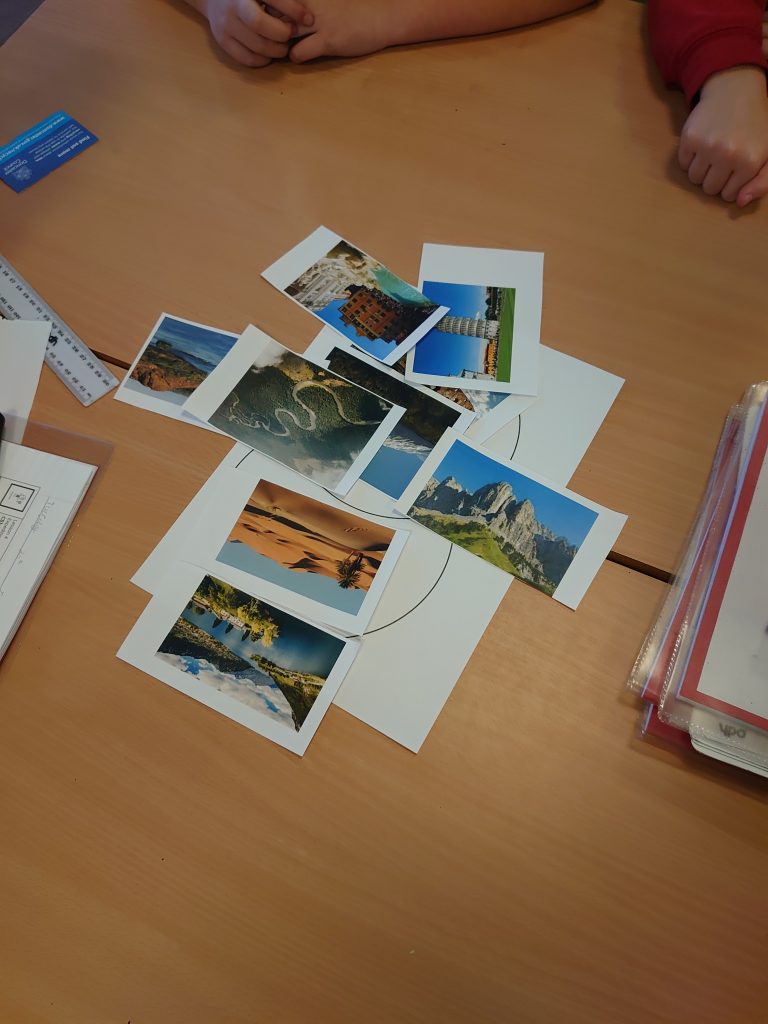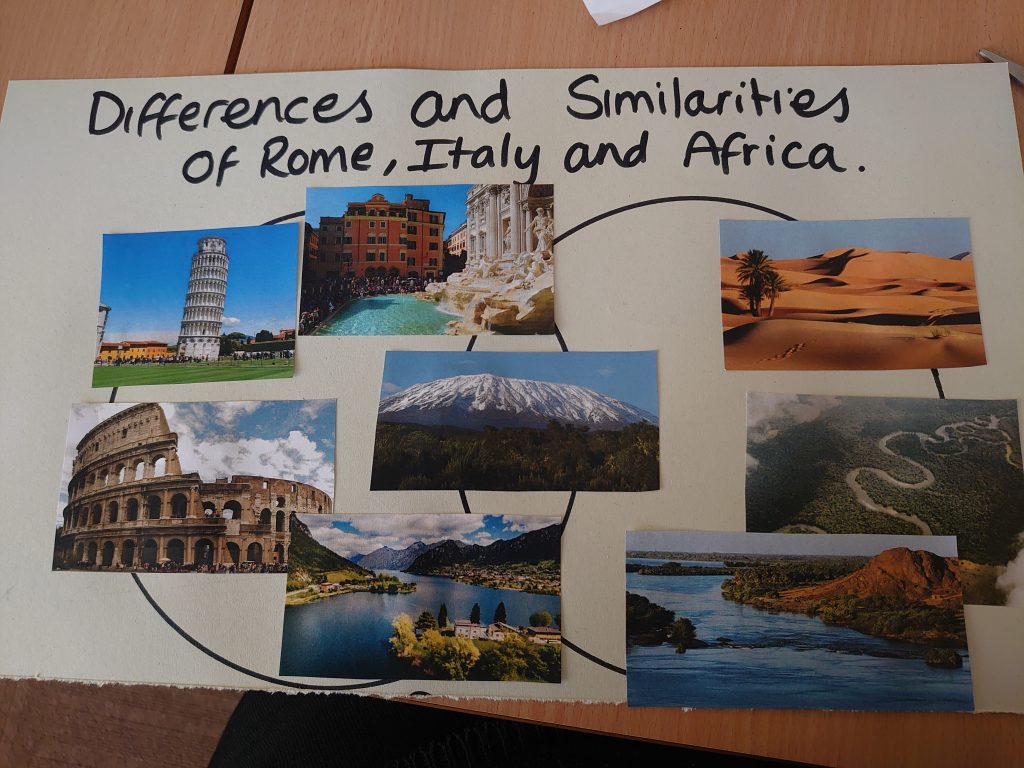In today’s geography lesson we compared different places in the UK with places in Africa. We looked at Zanzibar, Madagascar and Johannesburg and thought about the similarities and differences with Beeley, London and Skegness. We then used what we had learnt to work in mini crews to create a script which we then recorded to make a video. We hope you enjoy it!
Category : Geography
Geography
Comparing Africa and the UK 🇬🇧
In today’s geography lesson we compared different places in the Uk with places in Africa, we looked at Zanzibar, Madagascar and Johannesburg. We were very good at looking at the similarities and differences with Beeley, London and Skegness. We compared the human and physical features whilst noticing many different things.
We noticed Madagascar and Beeley were similar because they both had trees and grass but Madagascar did not have any buildings. We also noticed that the shape of the trees different and we couldn’t not see any roads in Madagascar.
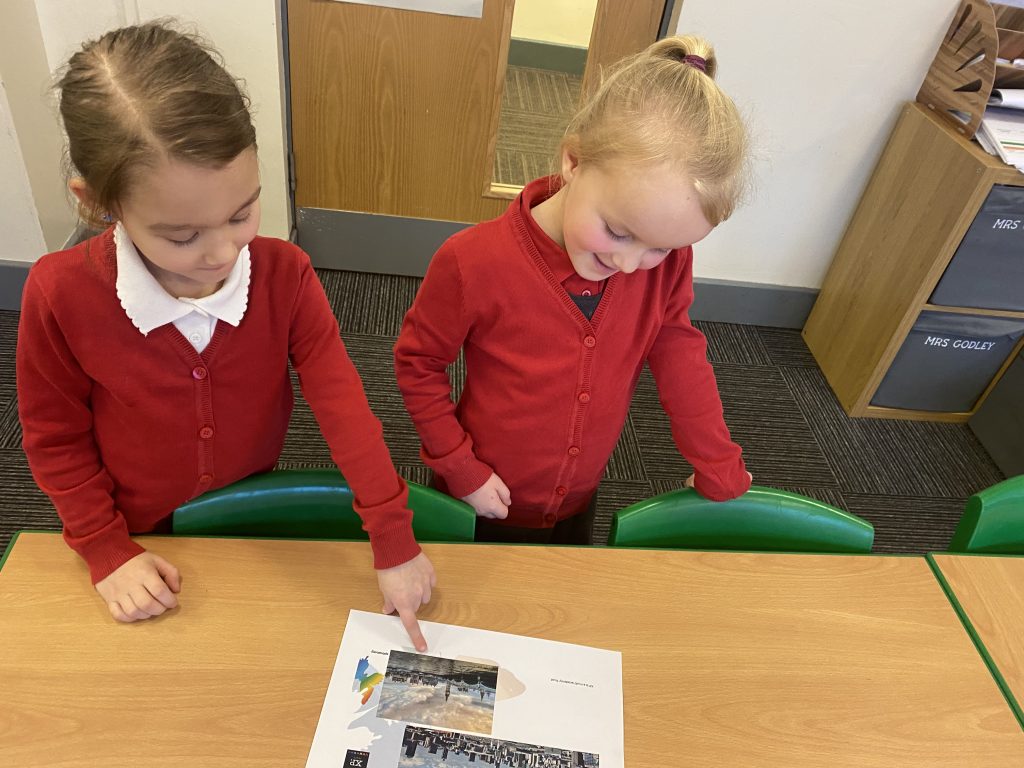

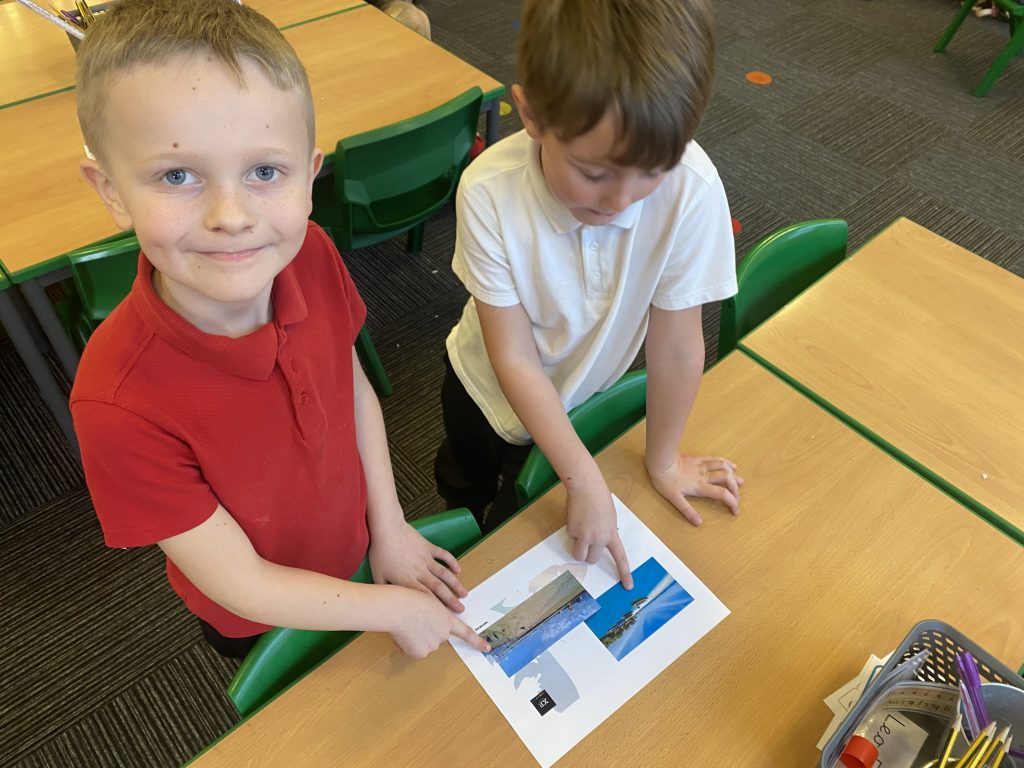
Comparing Johannesburg and London 🏙️
Comparing Zanzibar and Skegness 🏖️
Comparing Madagascar and Beeley 🌳
Comparing Africa with the UK
In today’s geography lesson we compared different places in the Uk with places in Africa, we looked at Zanzibar, Madagascar and Johannesburg. We were very good at looking at the similarities and differences with Beeley, London and Skegness.
We noticed Madagascar and Beeley were similar because they both had trees and grass but Madagascar did not buildings.
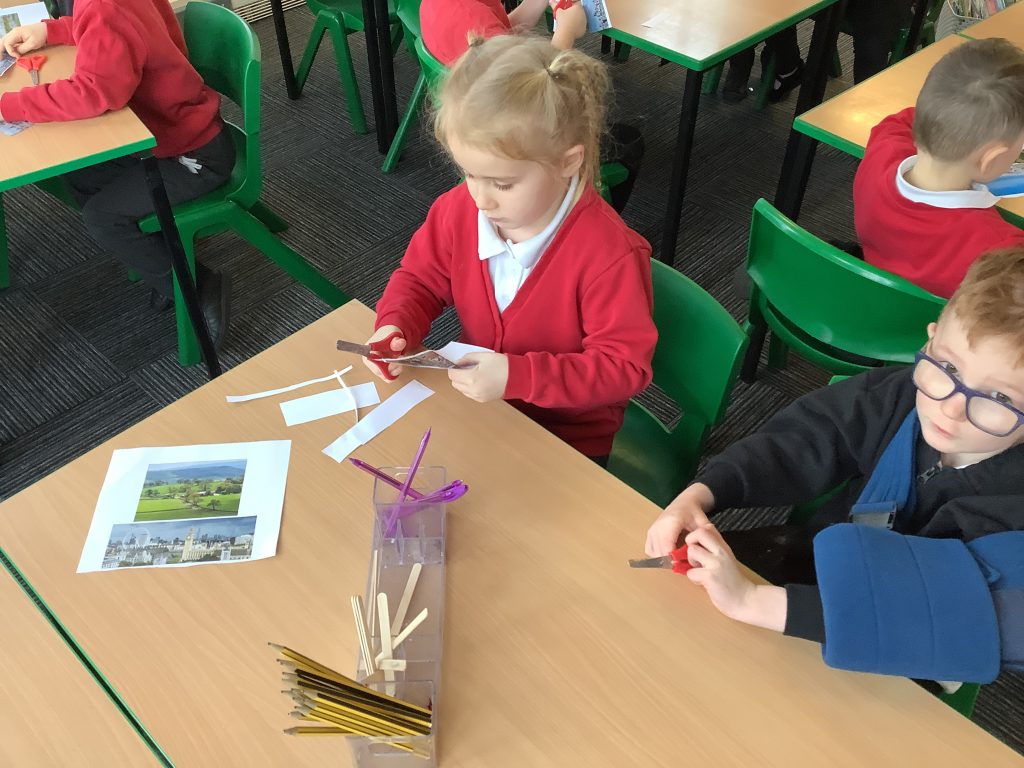
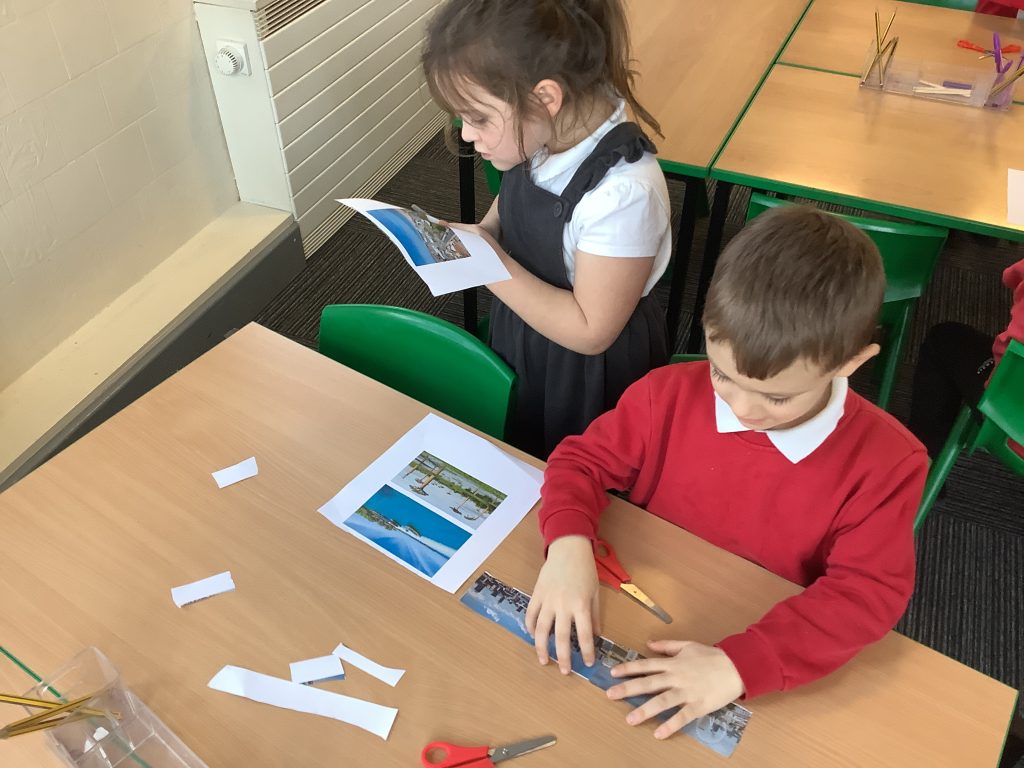
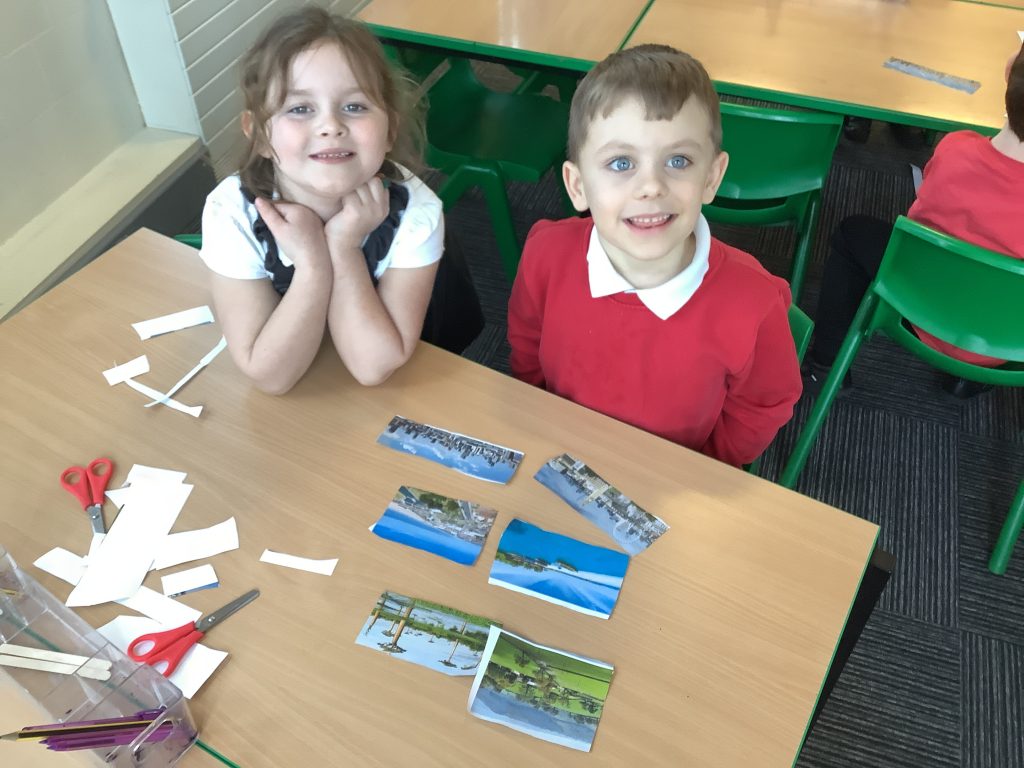

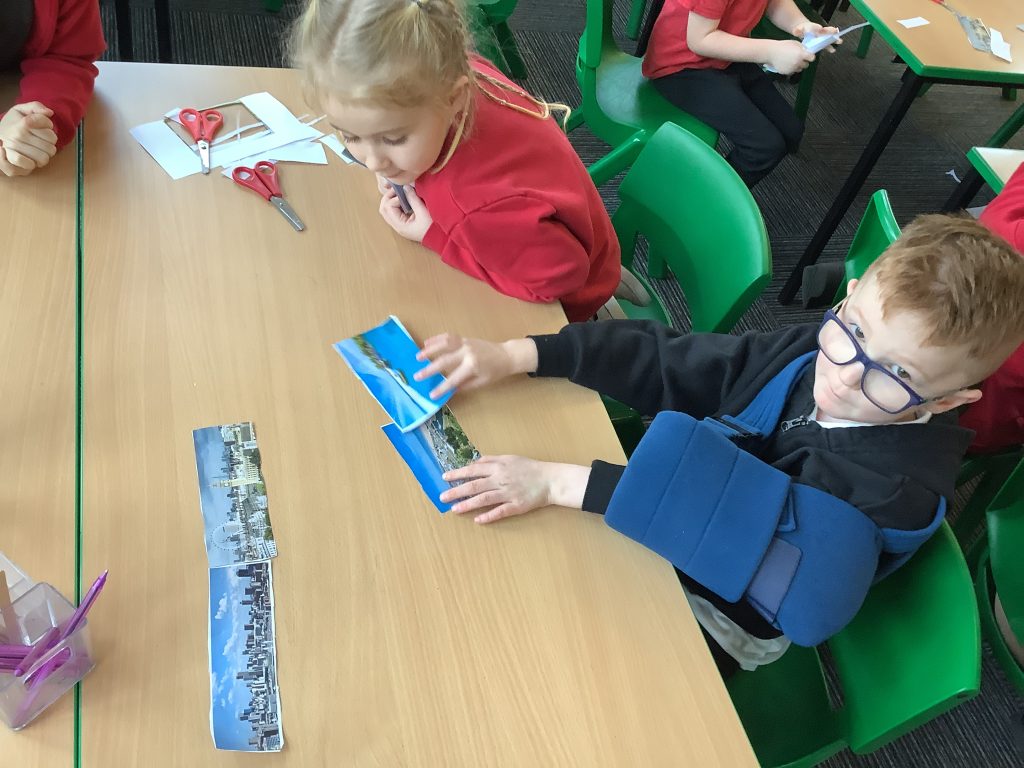
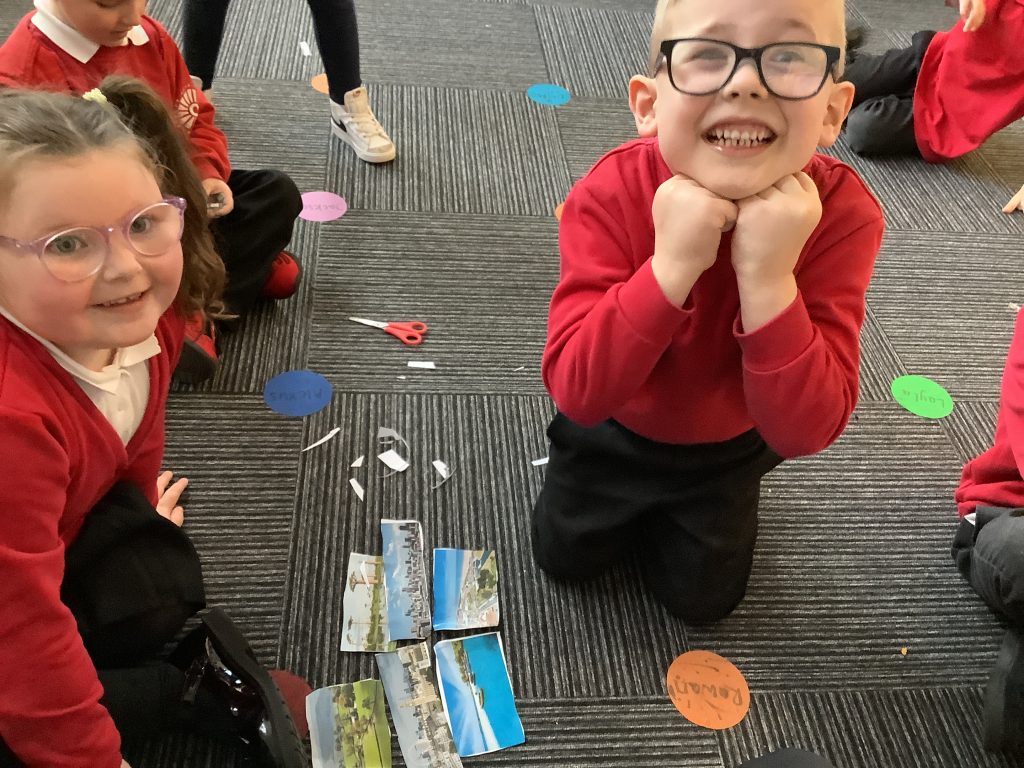
Svalbard
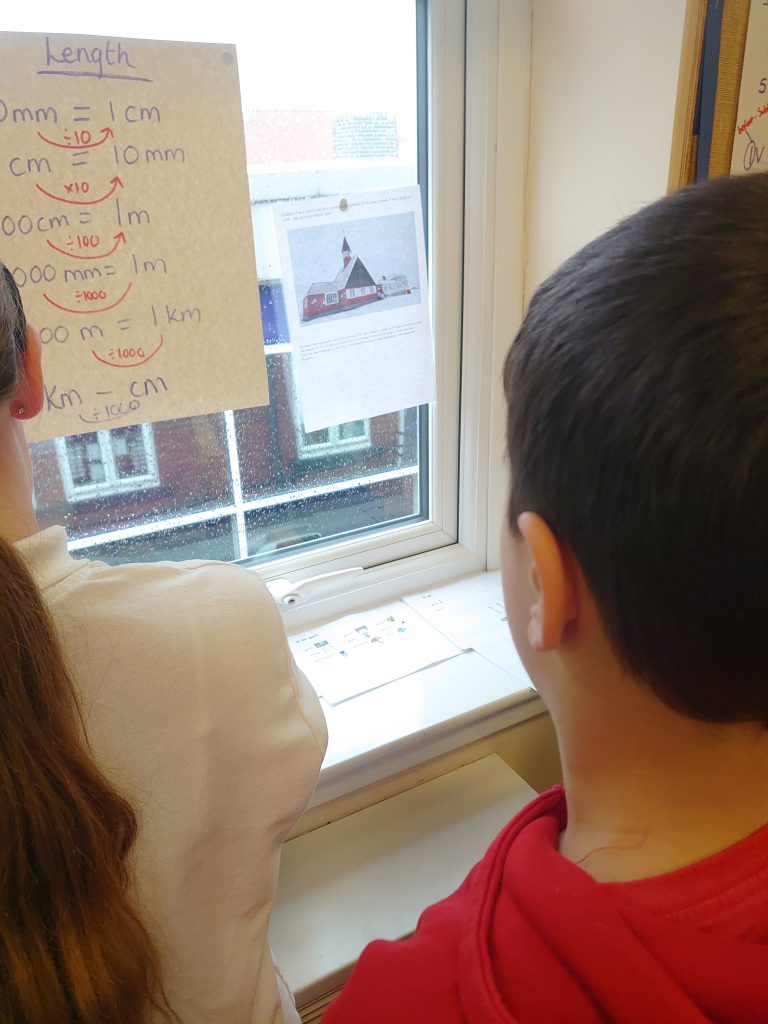
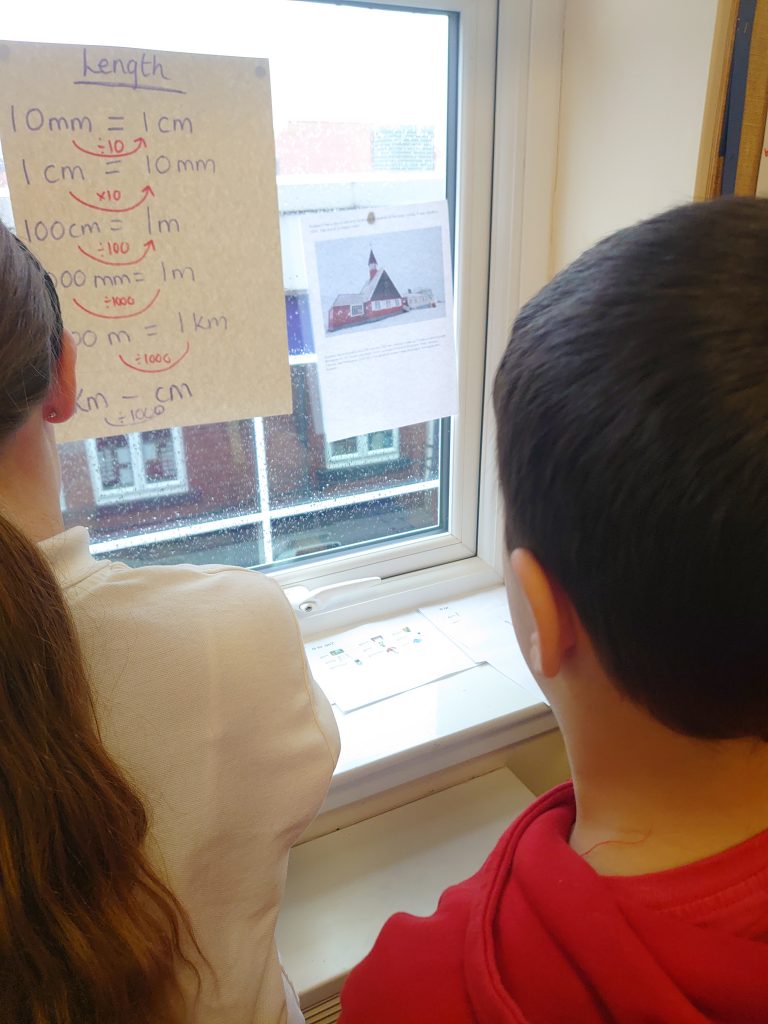
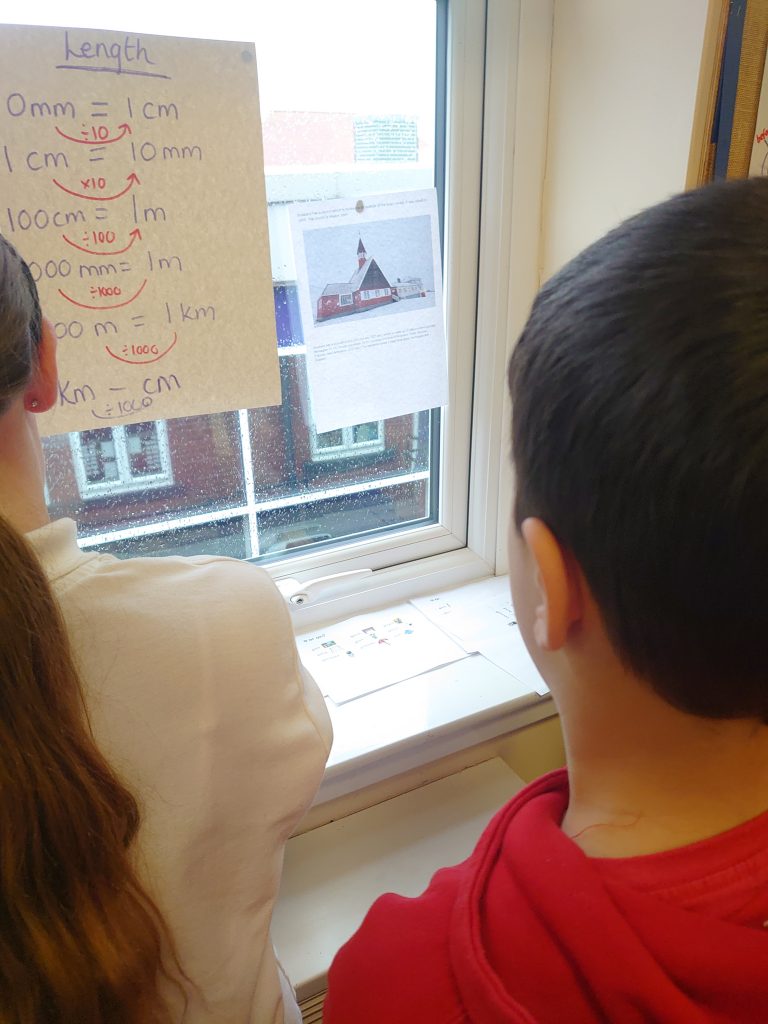
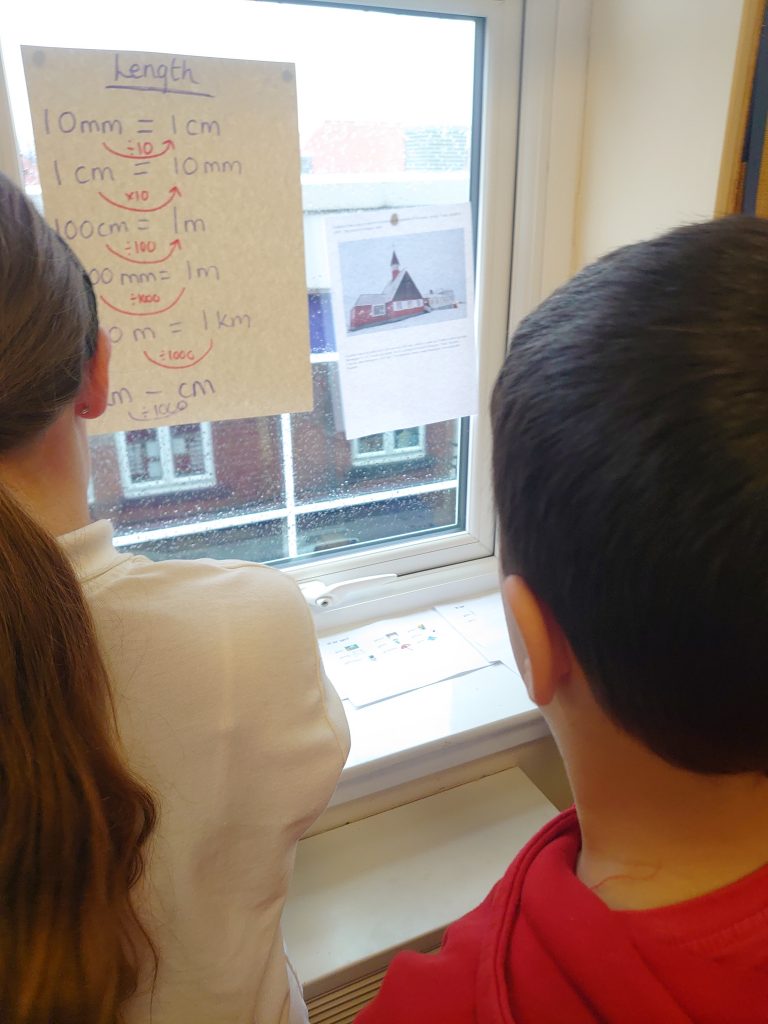
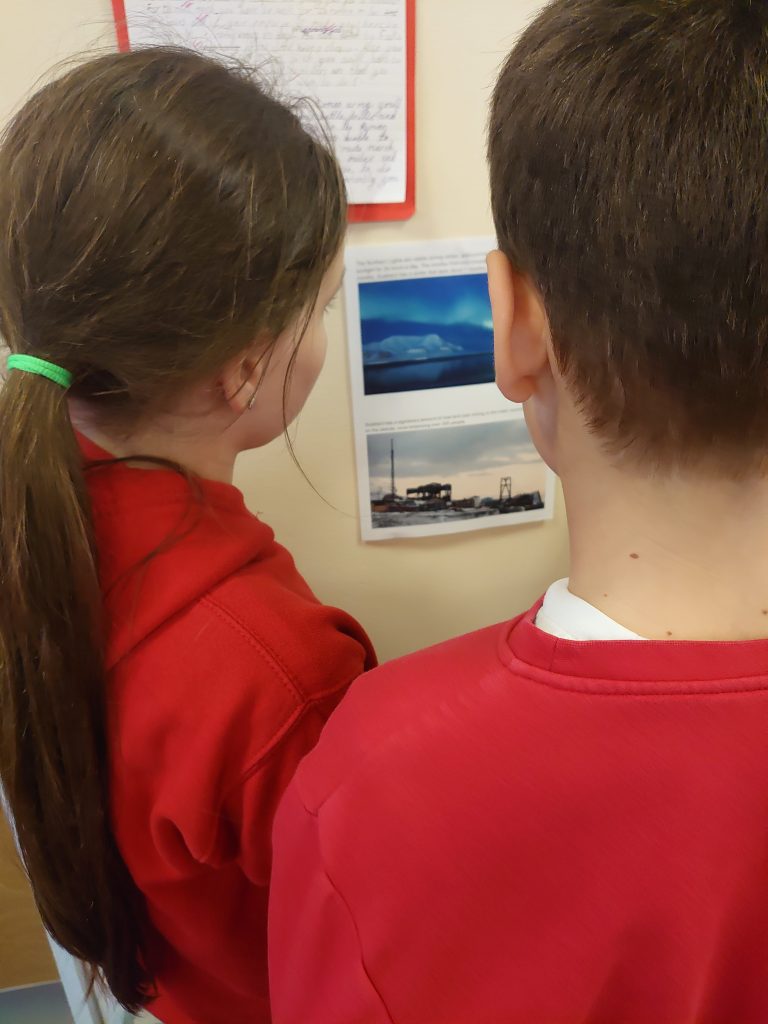
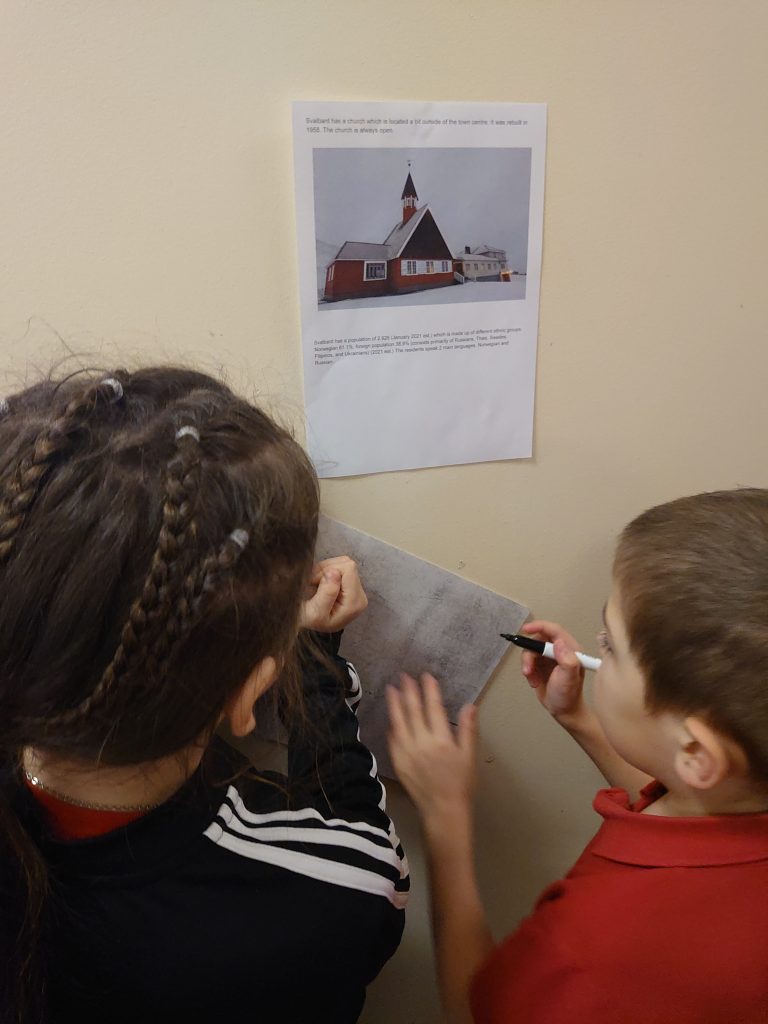
This afternoon we completed our last geography lesson for this case study. We were using our reading skills to skim and scan information about Svalbard to find some key information.
Human and Physical features
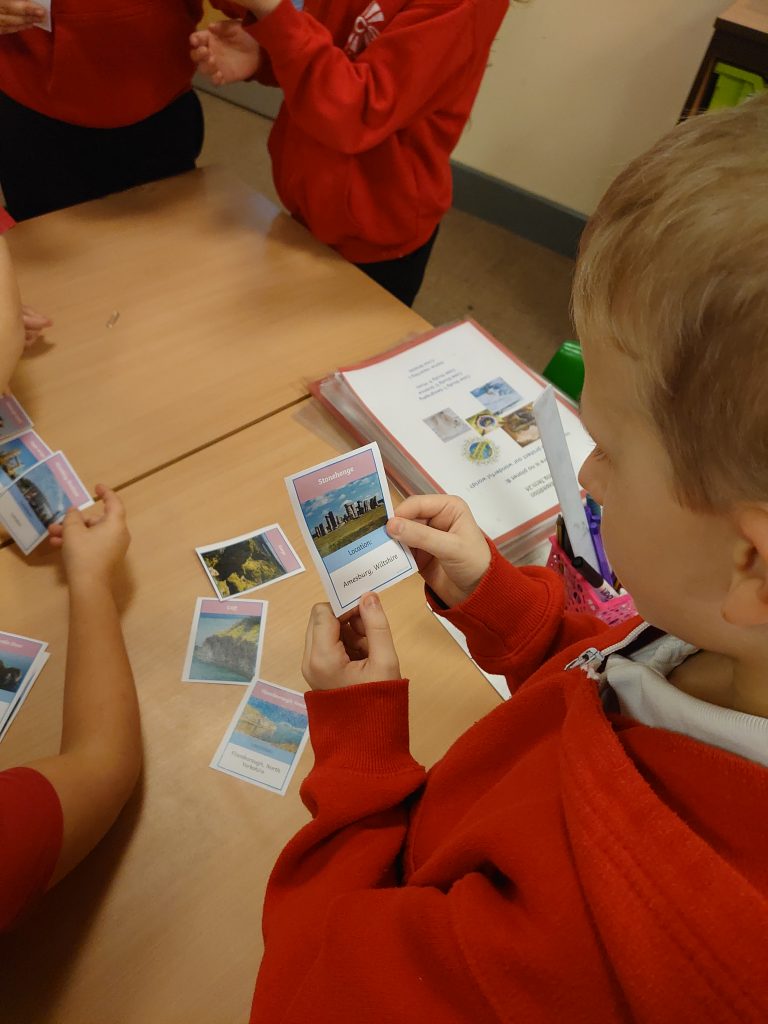
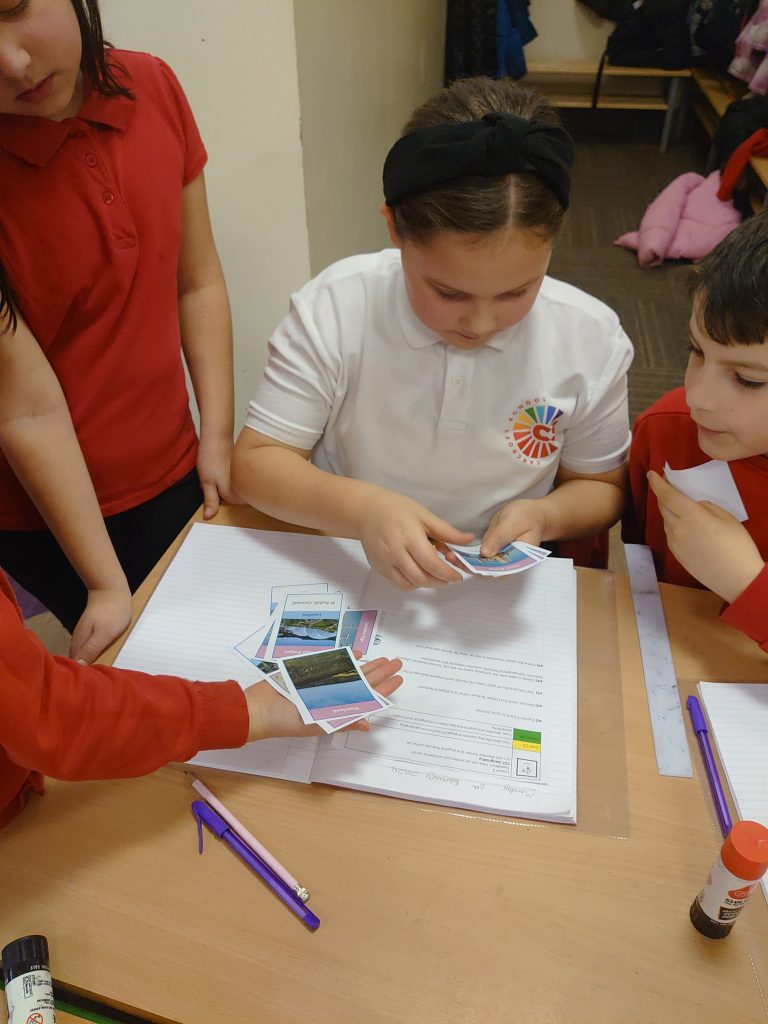
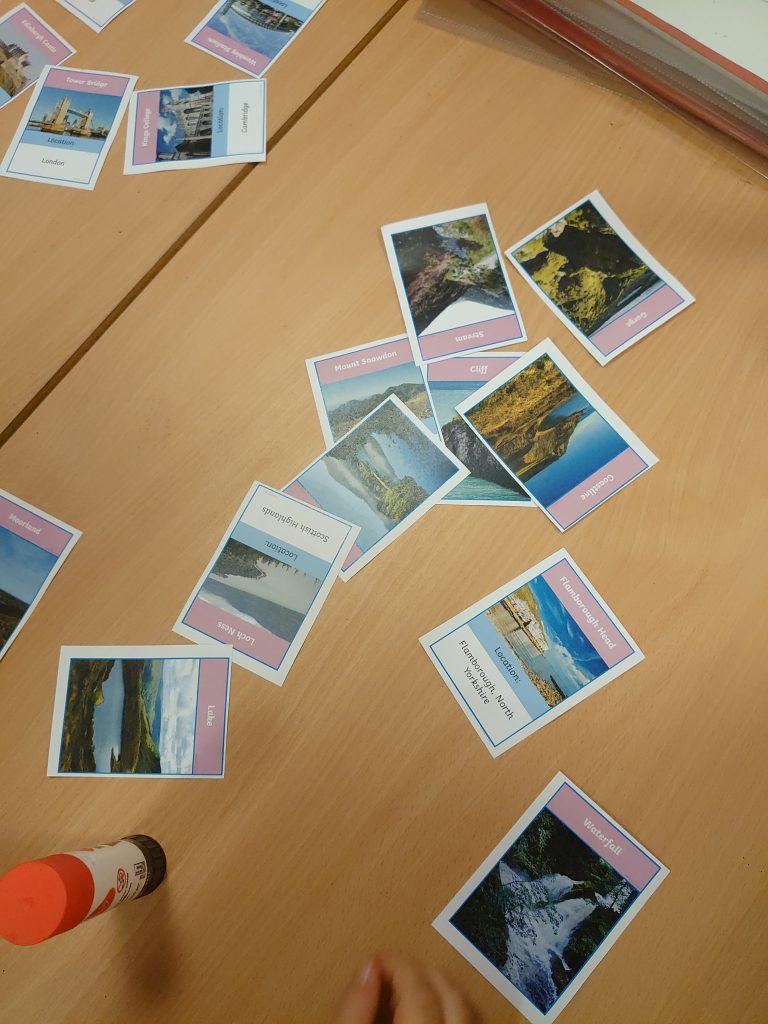
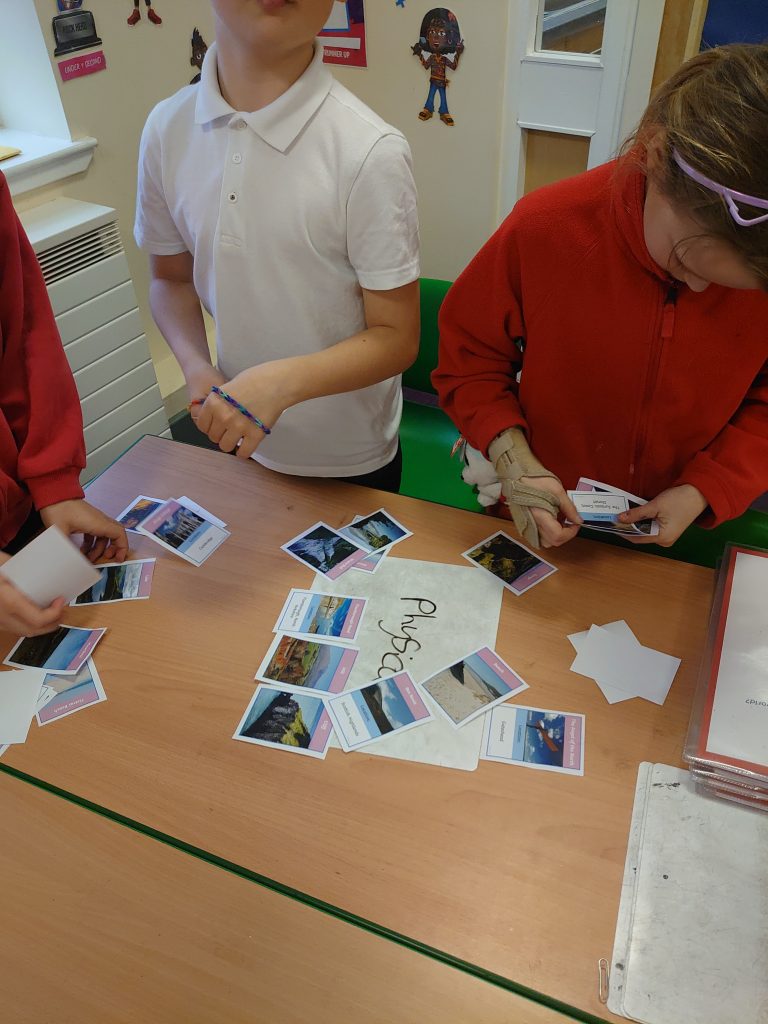
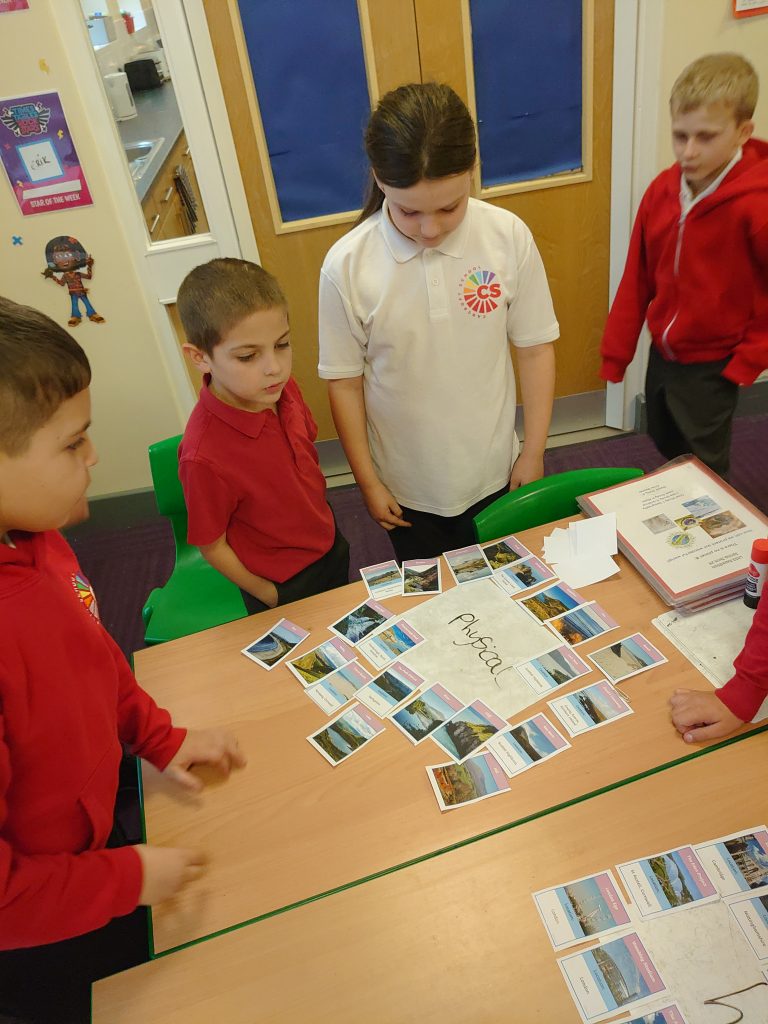
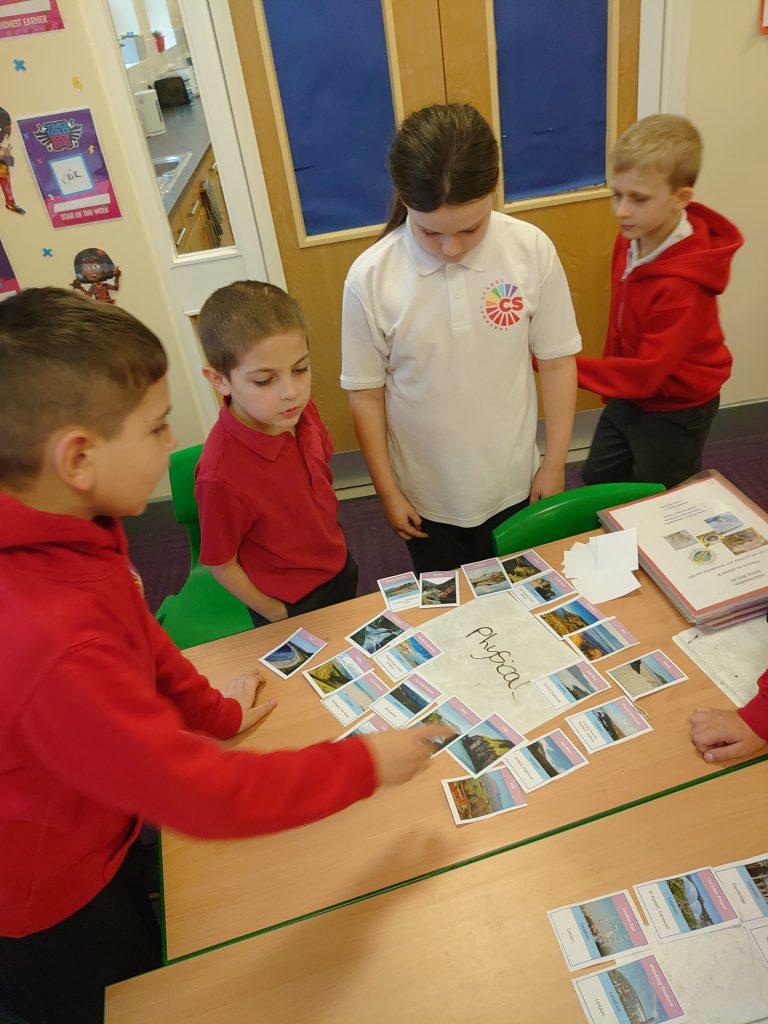
Yesterday afternoon, we looked in more detail at the physical and human features of the UK. It was lovely seeing all the natural beauties we have in the UK. Once children has sorted them, we did a gallery walk to see if we agreed with the grouping of others.
Reptile Rendezvous in KS1
Today KS1 had lots of special visitors. Lucan from Reptile Rendezvous brought in lots of different animals for us to learn about and we were even luck enough to hold and feed them too!
Expedition
In Expeditions we were looking at the difference between England and Svalbard
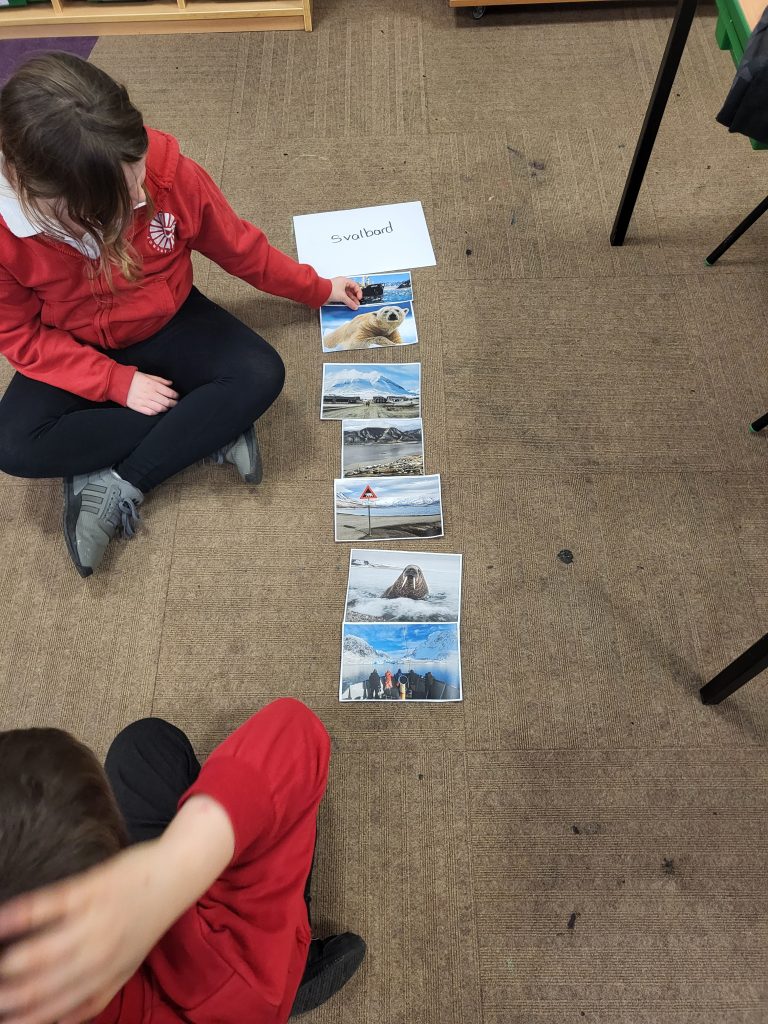
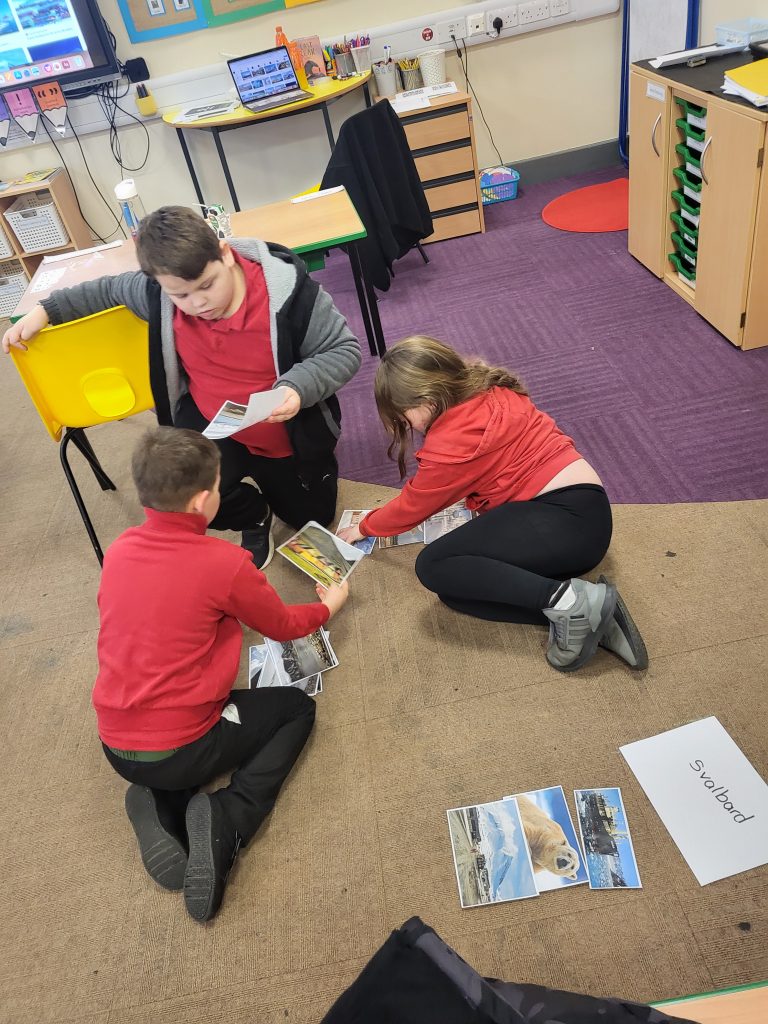
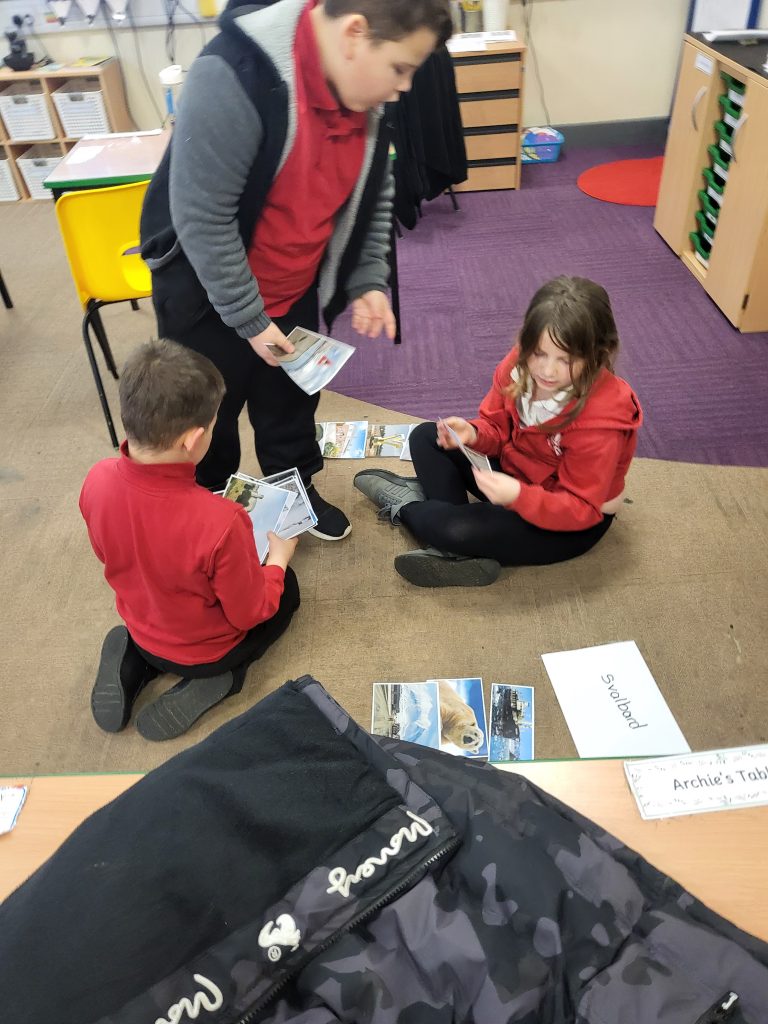
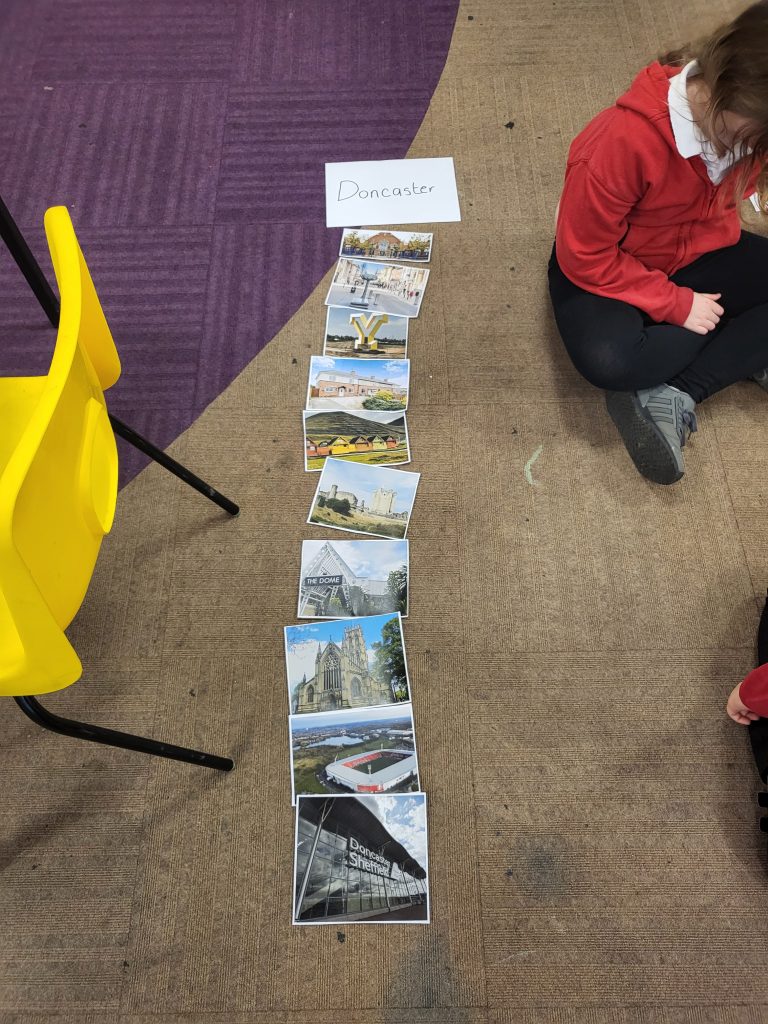
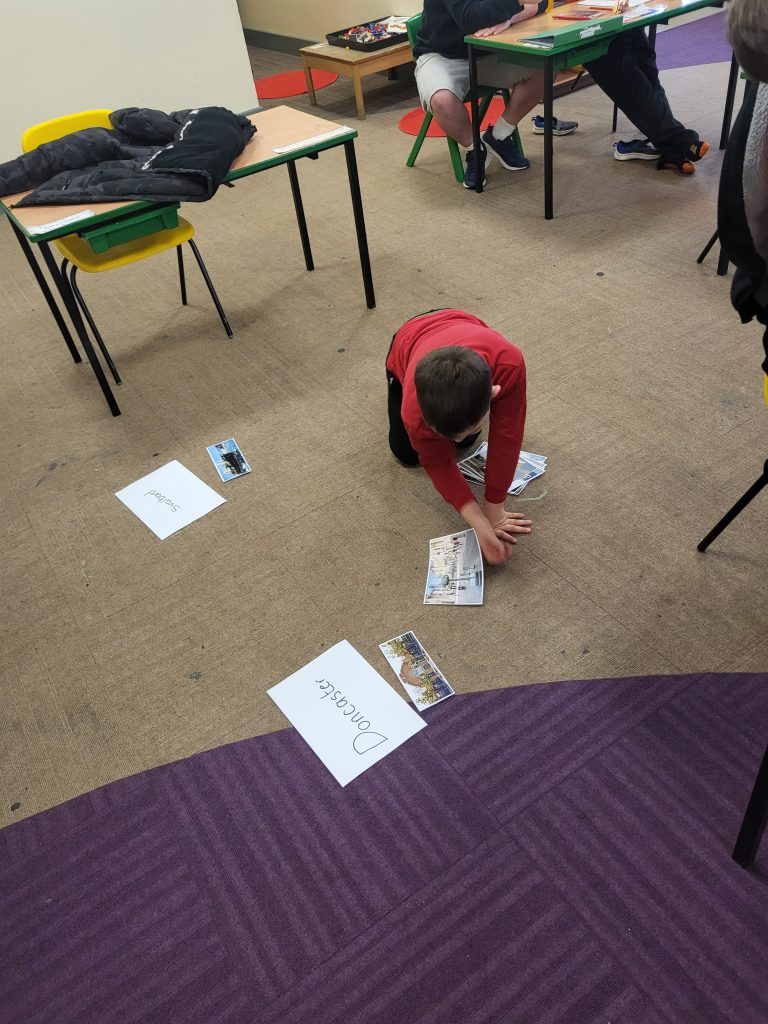
Recycle walk
LKS2 walked all the way to the recycle centre as part of their expedition to find out how we can save the planet by recycling.
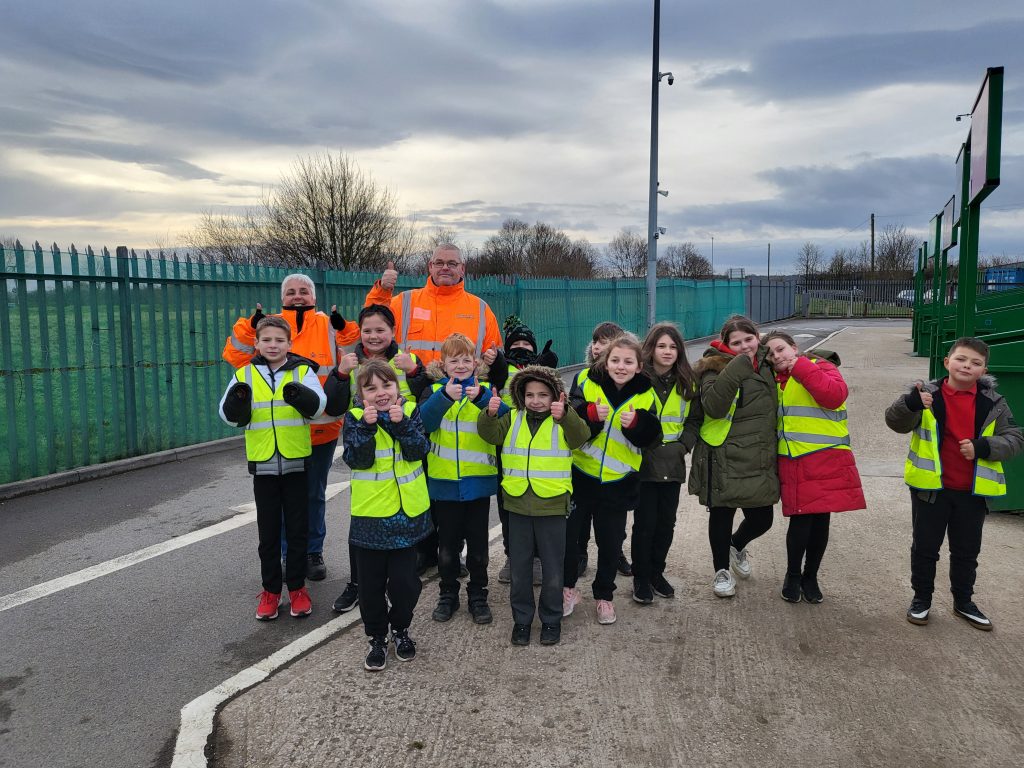
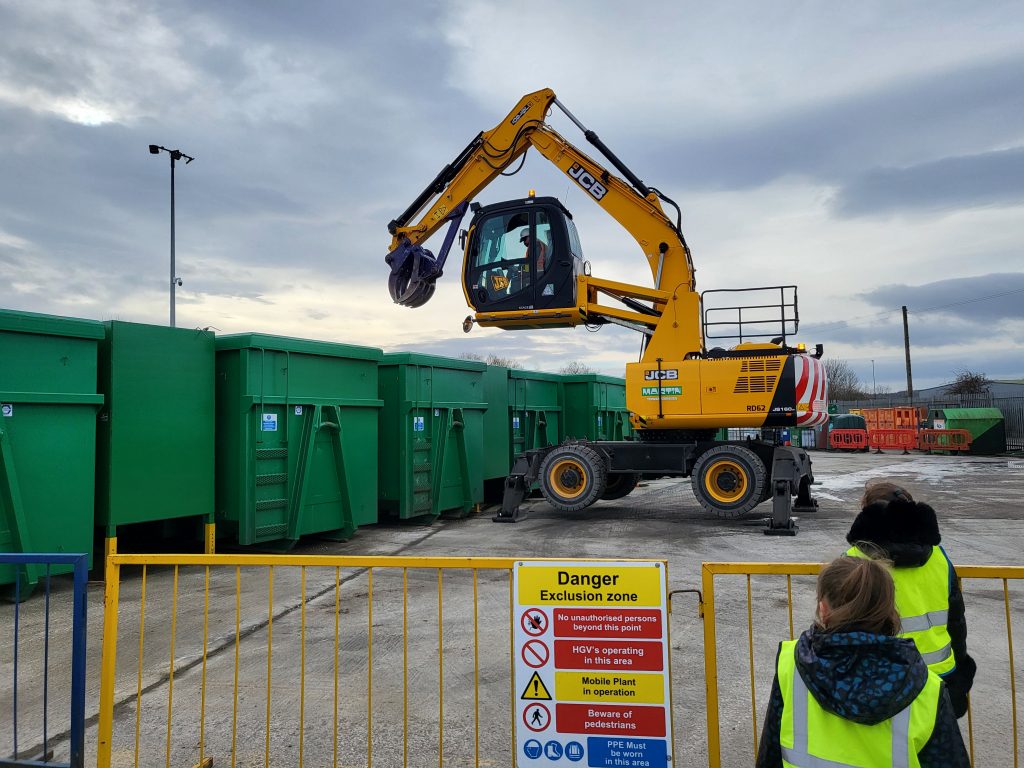
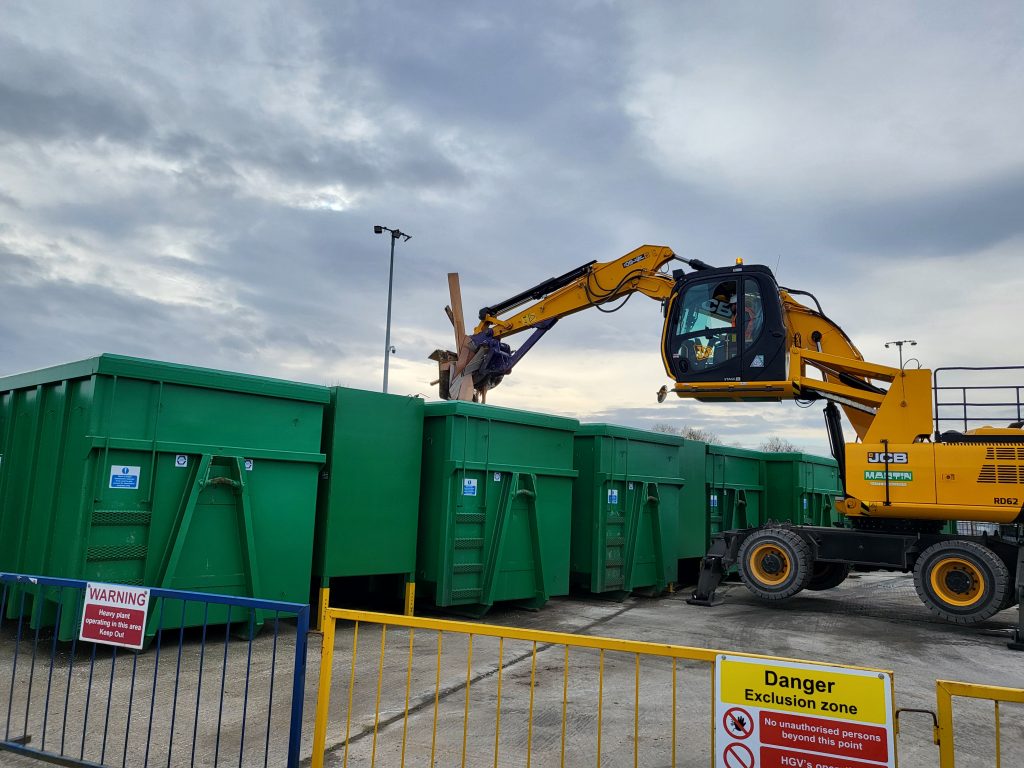
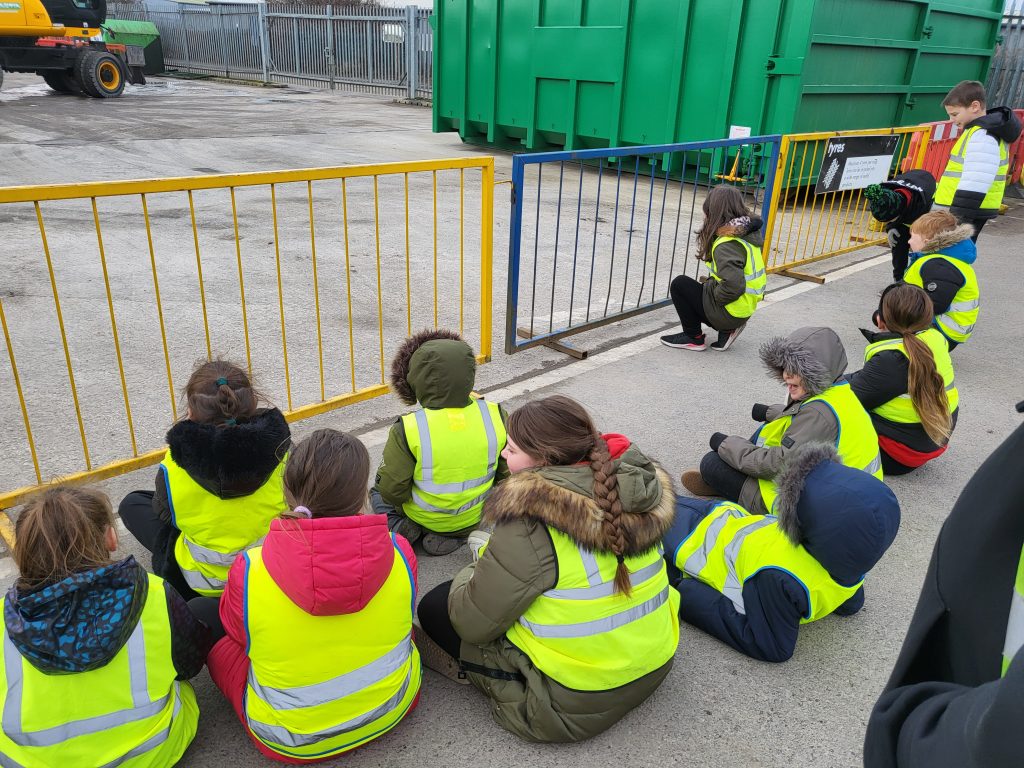
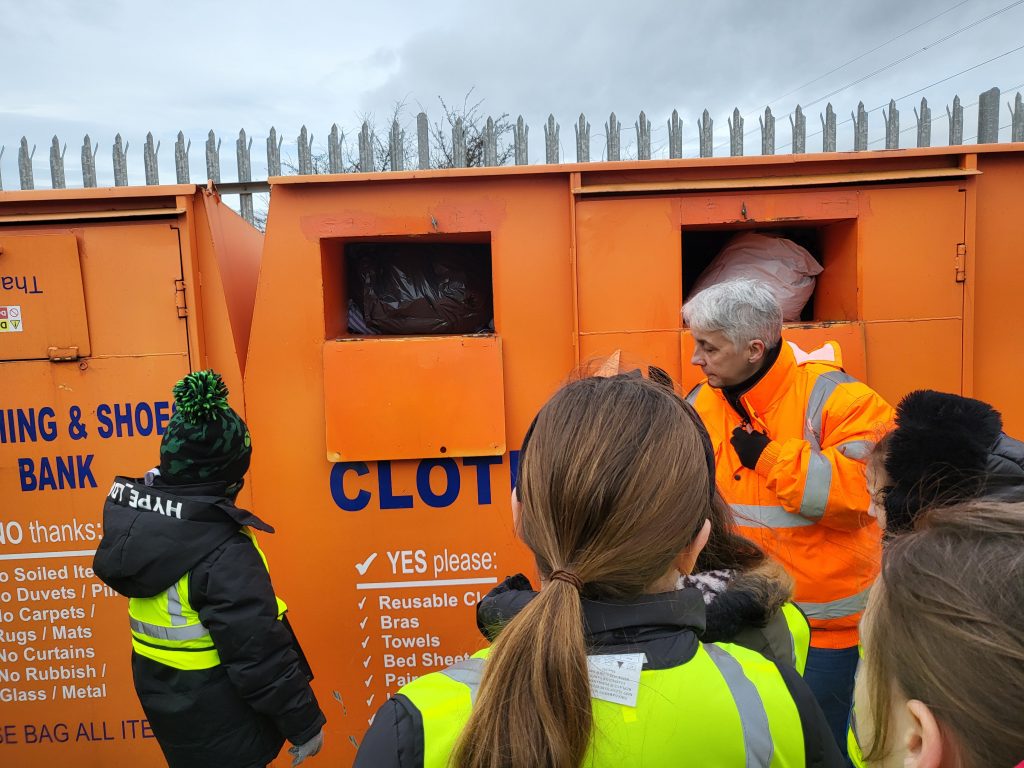
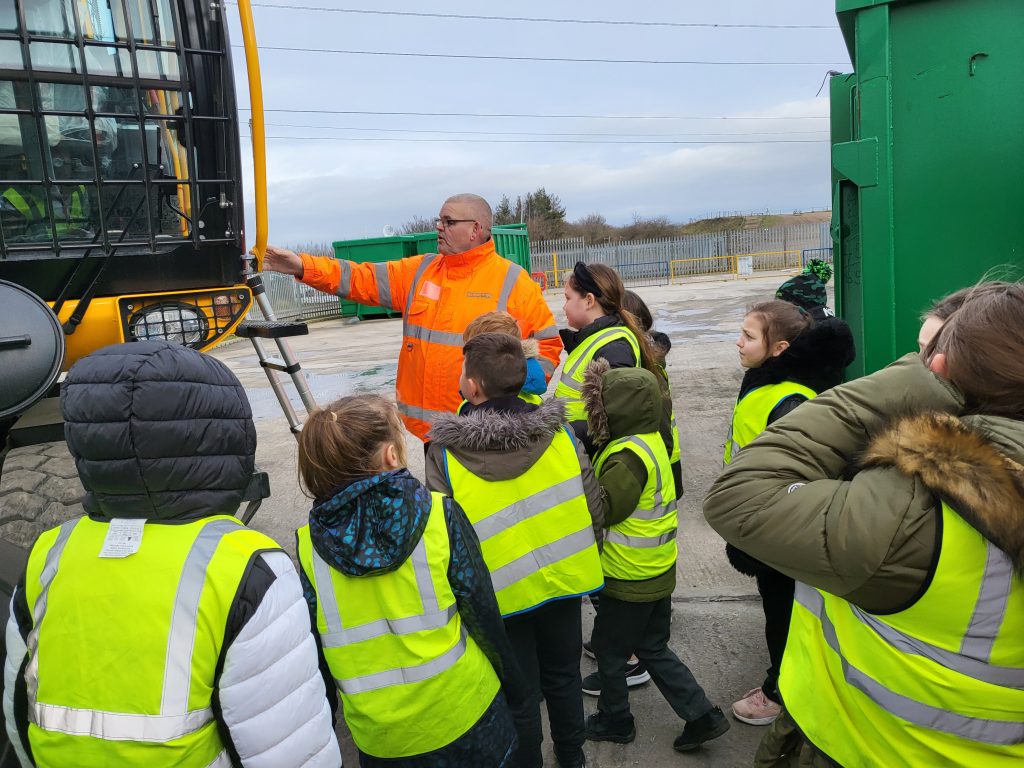
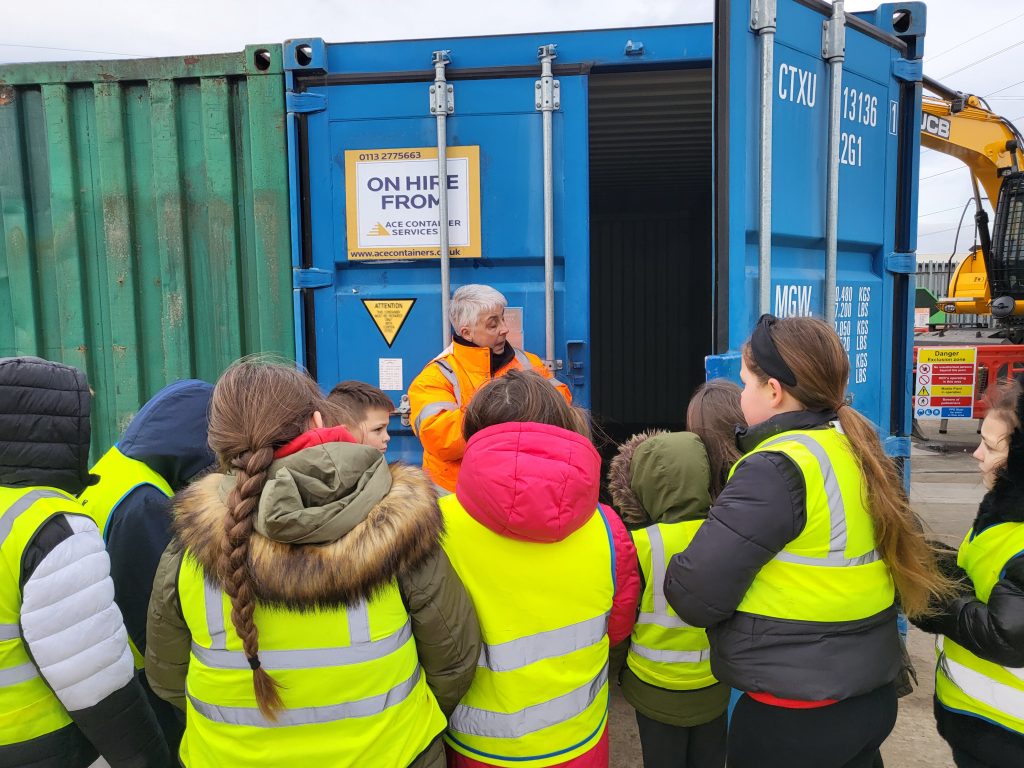
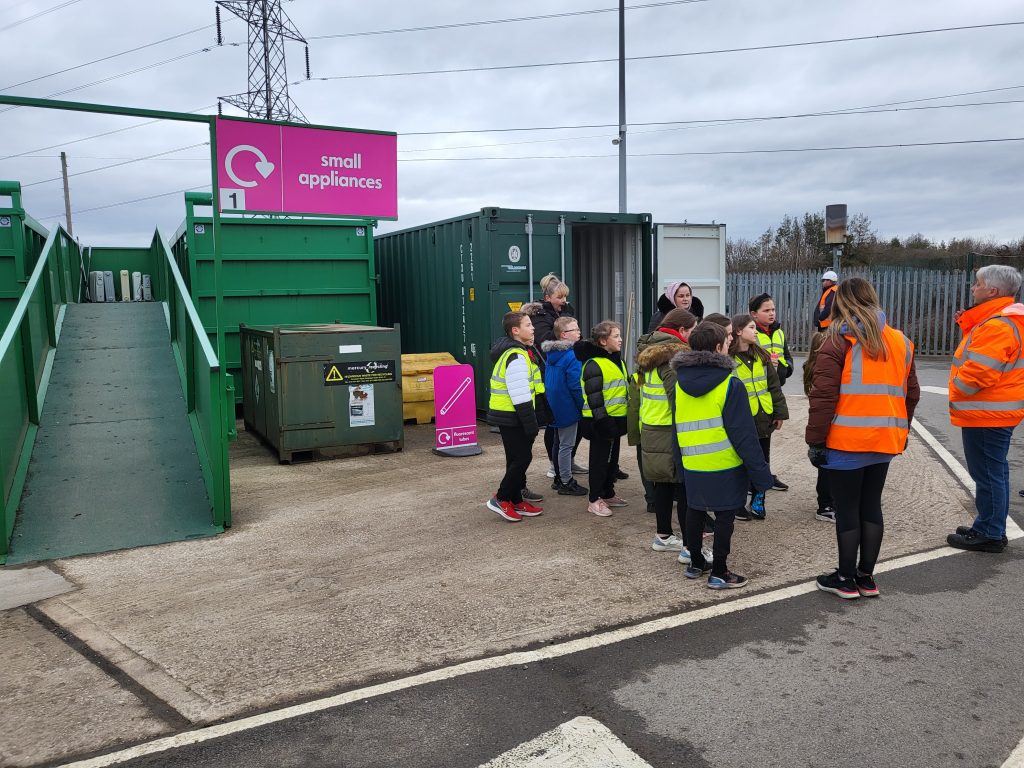
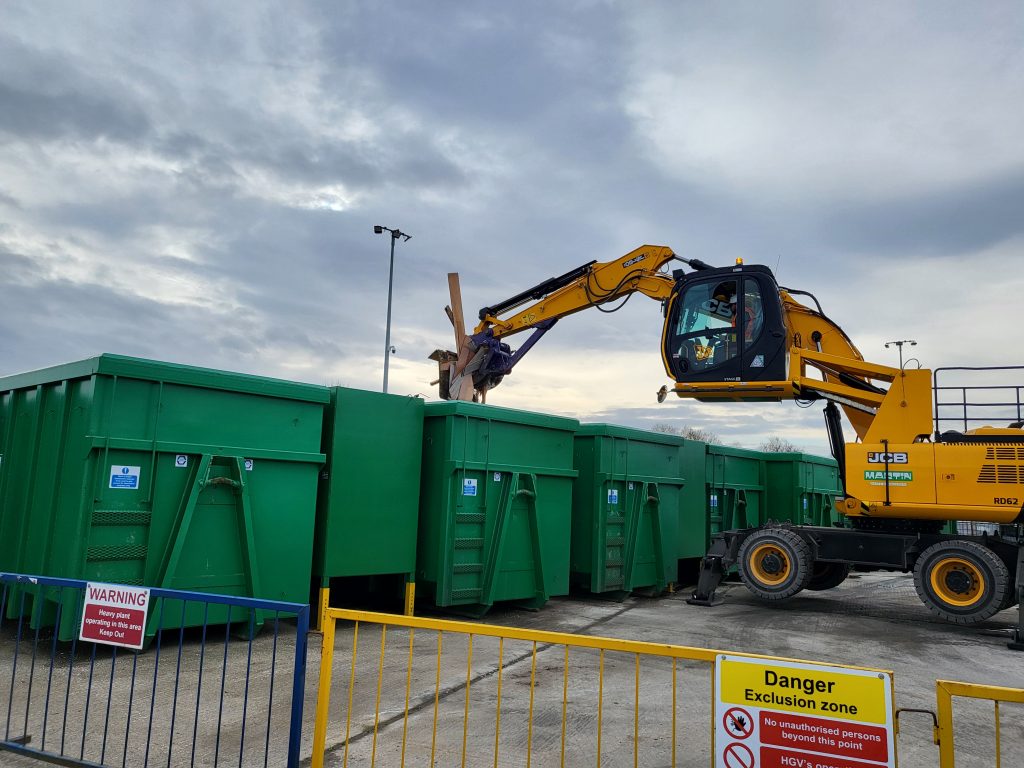
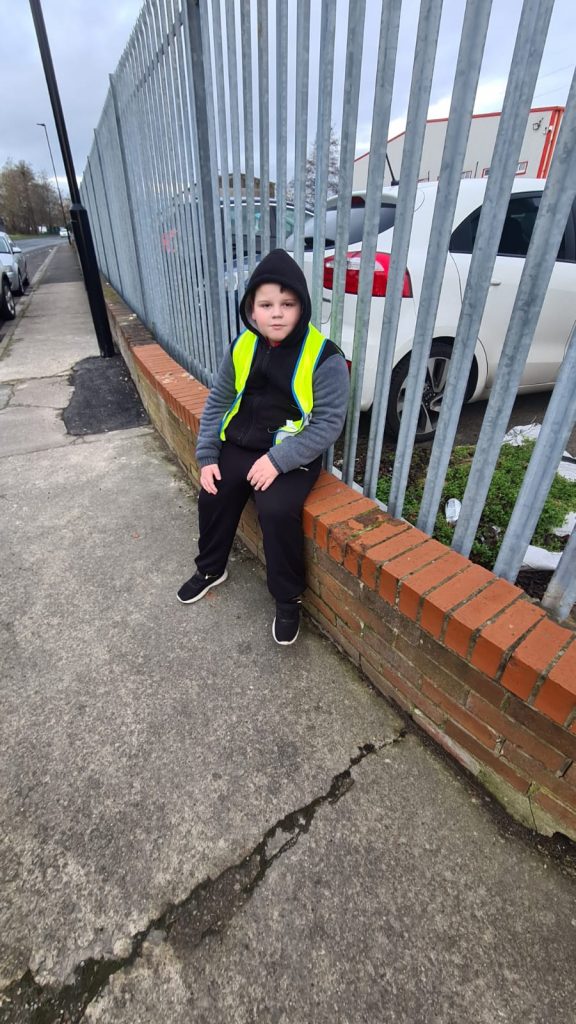
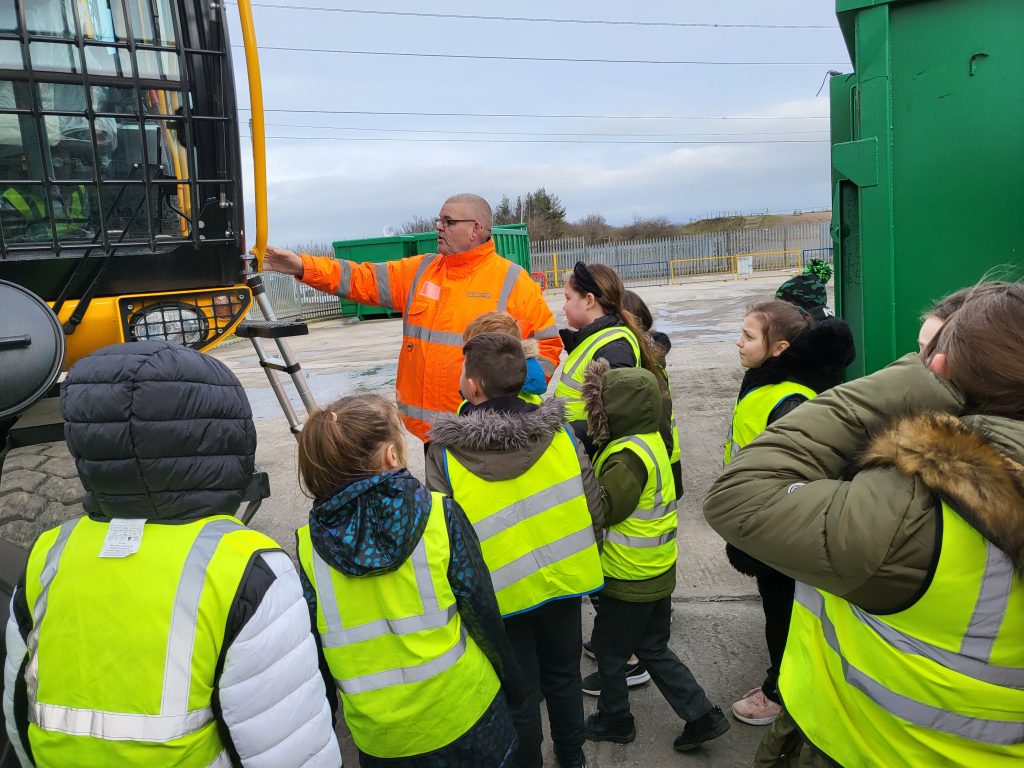
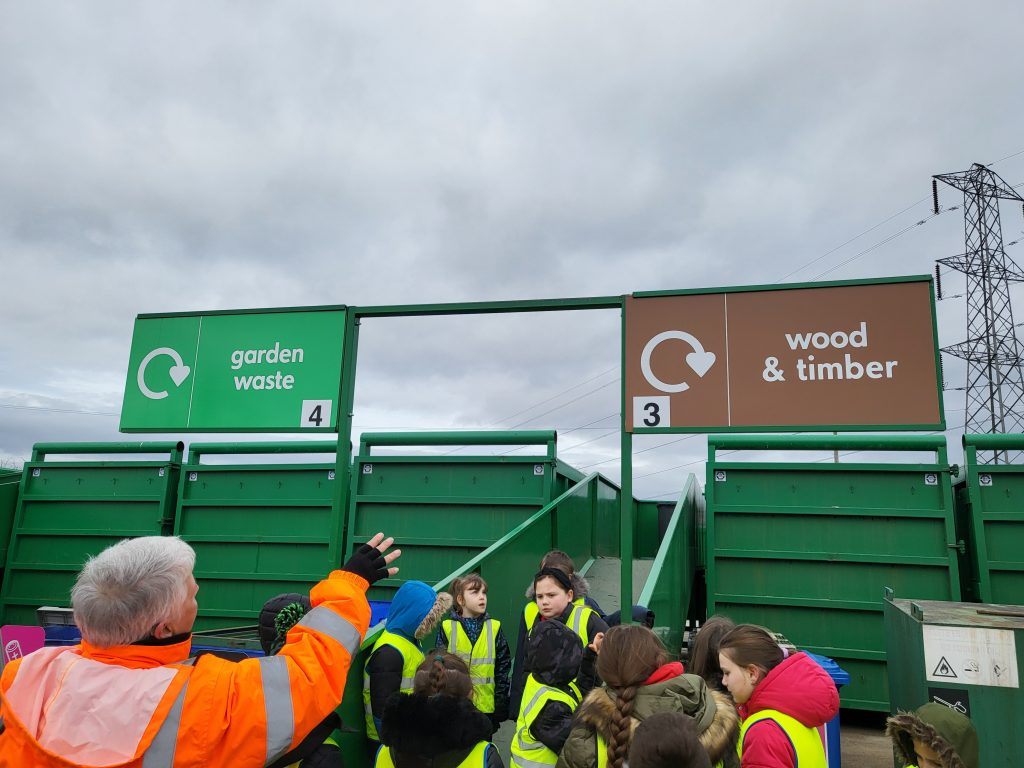
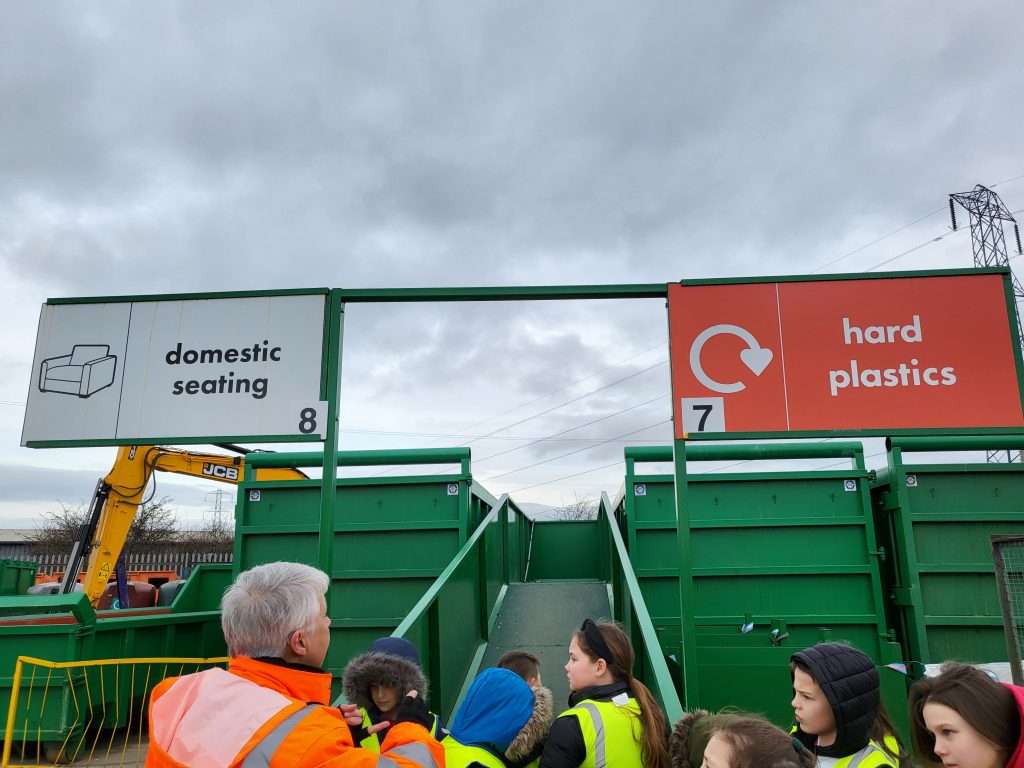
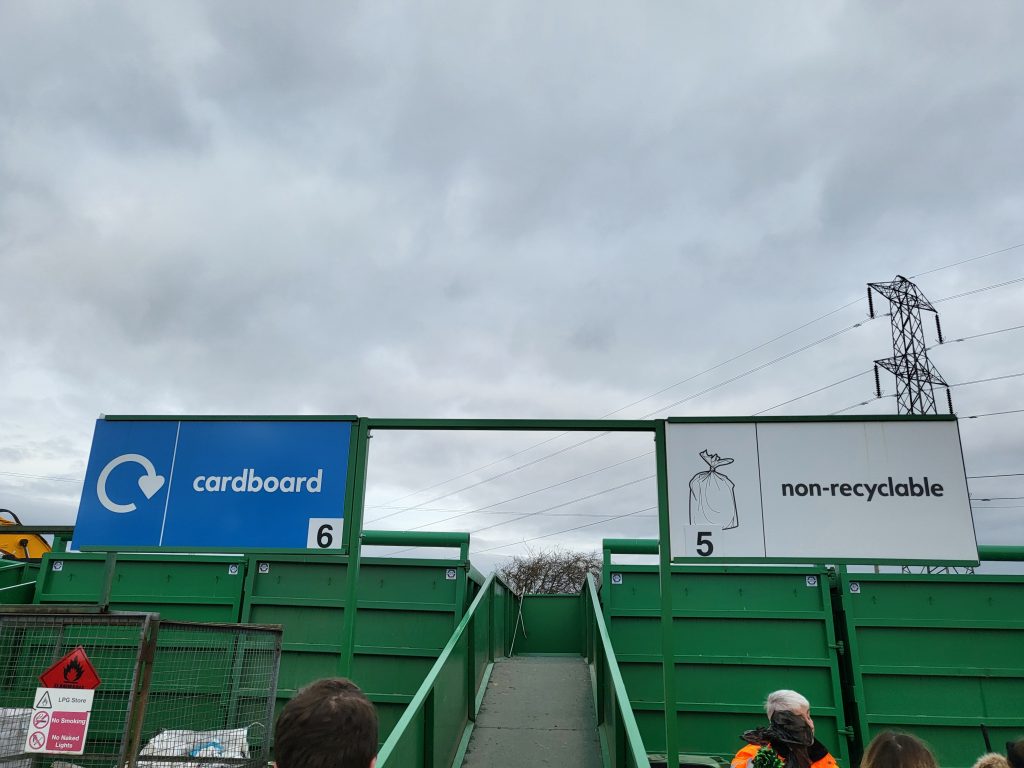
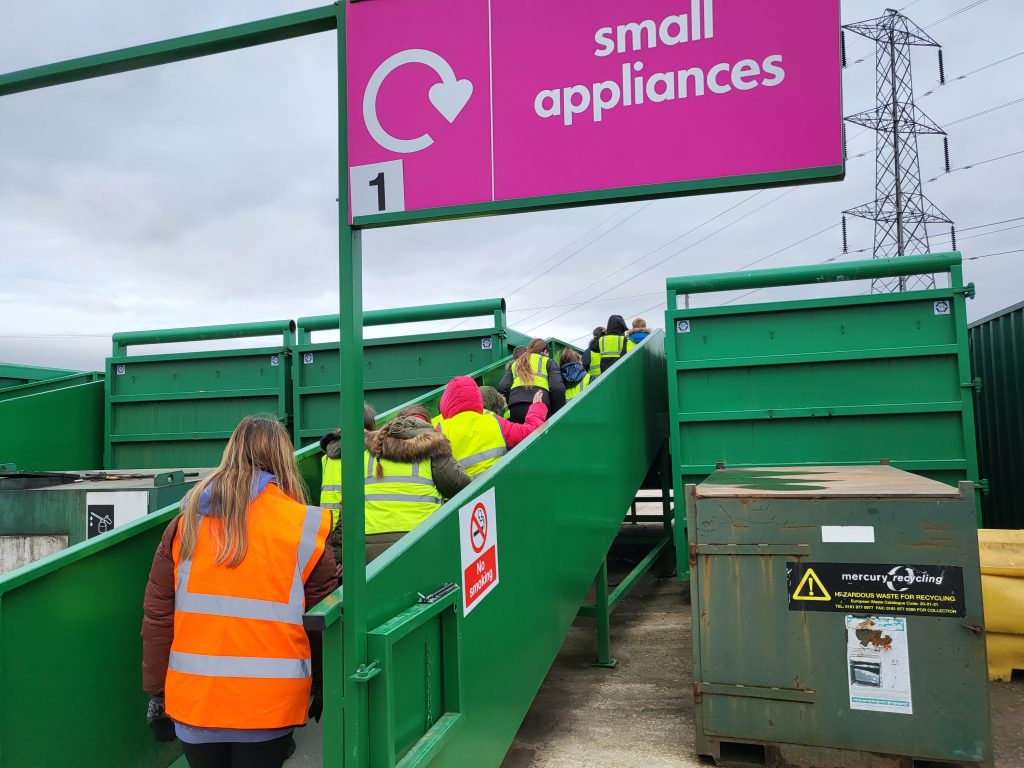
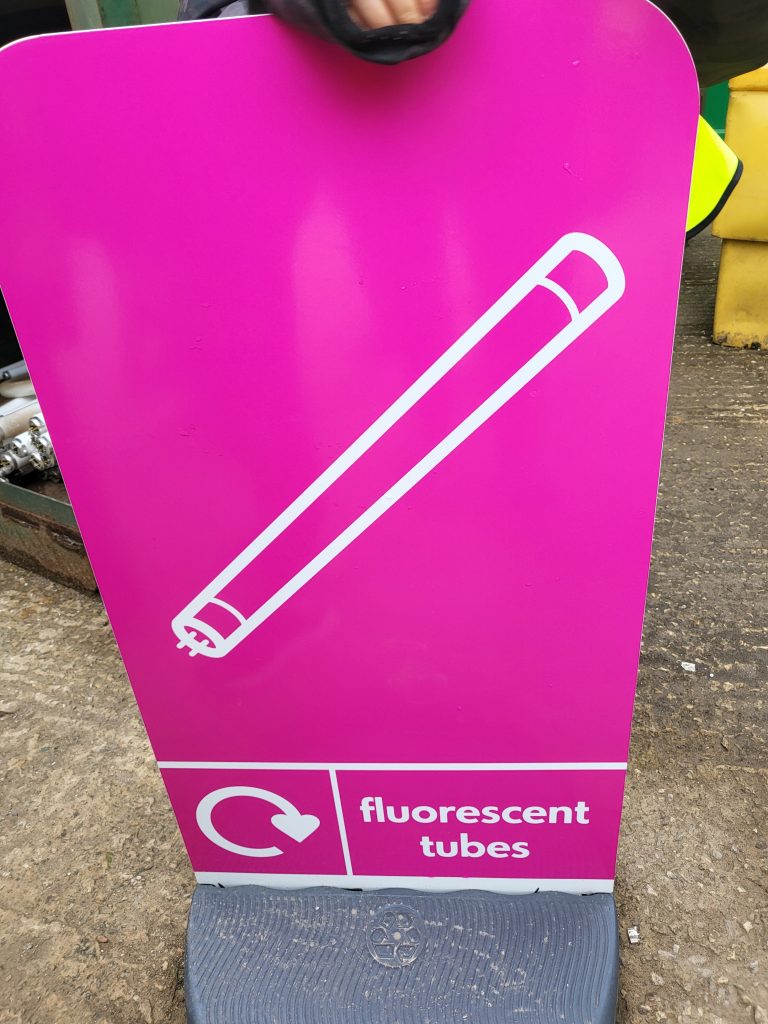
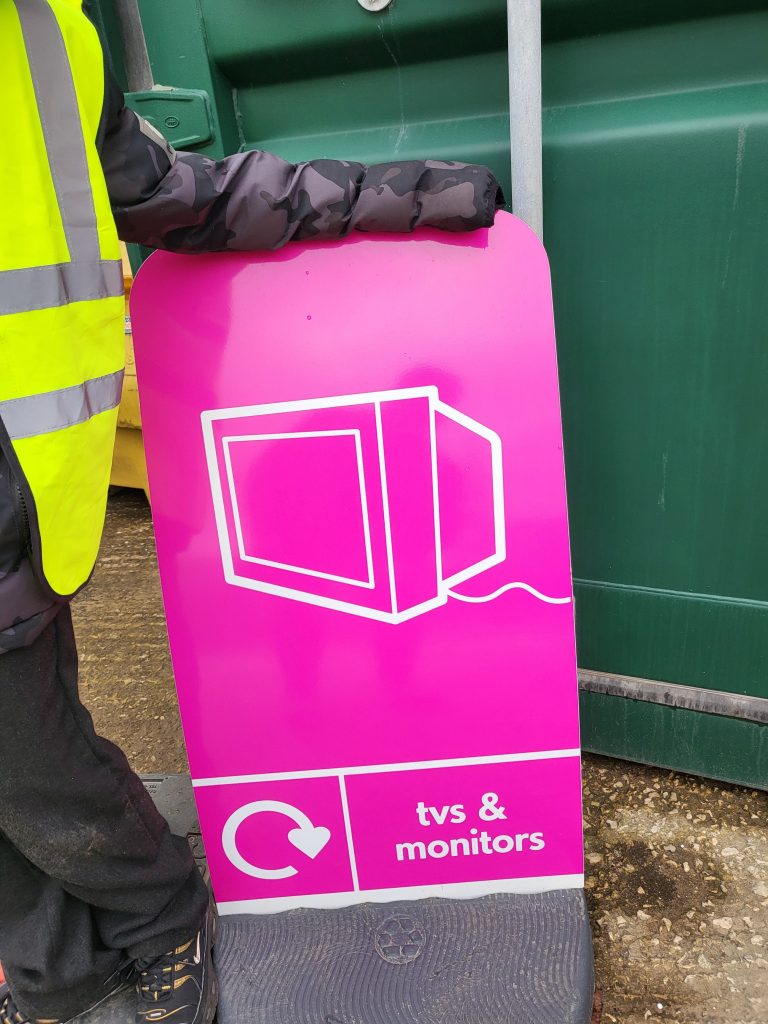
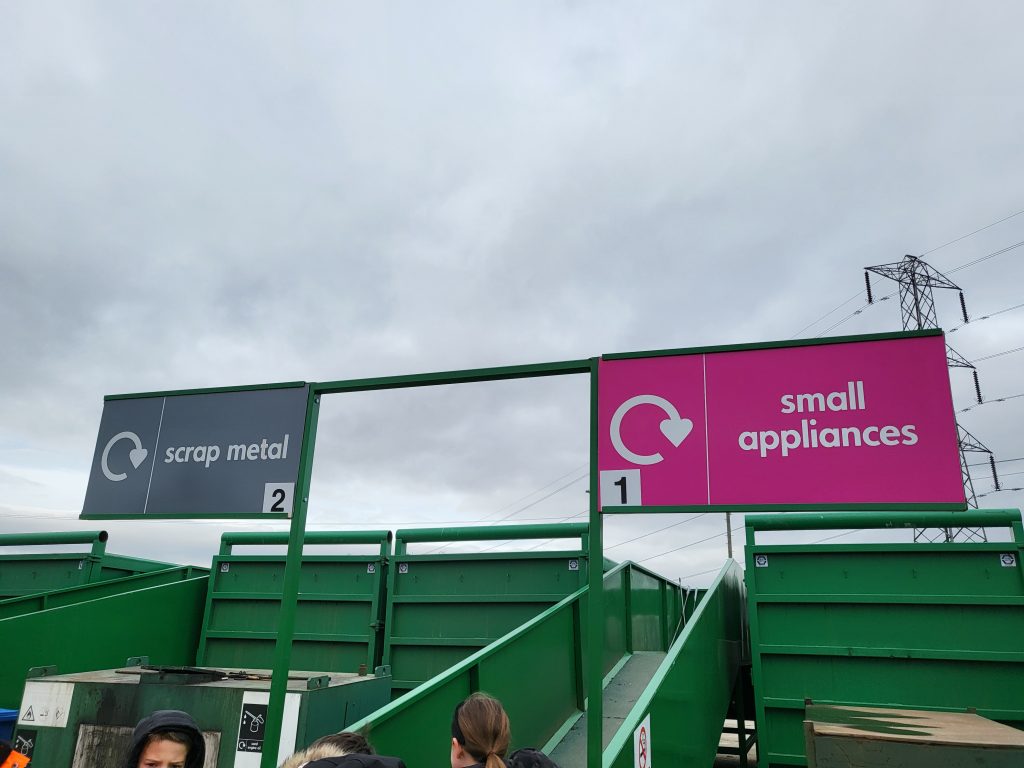
The UK and Svalbard
Building on our knowledge from the previous lesson, we’ve compared the UK and Svalbard which is a country we will be learning more about as we end out geography Case study and start the science work. We discussed how there are differences due to them being in different geographical zones. Even better that we were asking questions about Svalbard such as the distance from the UK to Svalbard, are you able to travel to Svalbard?
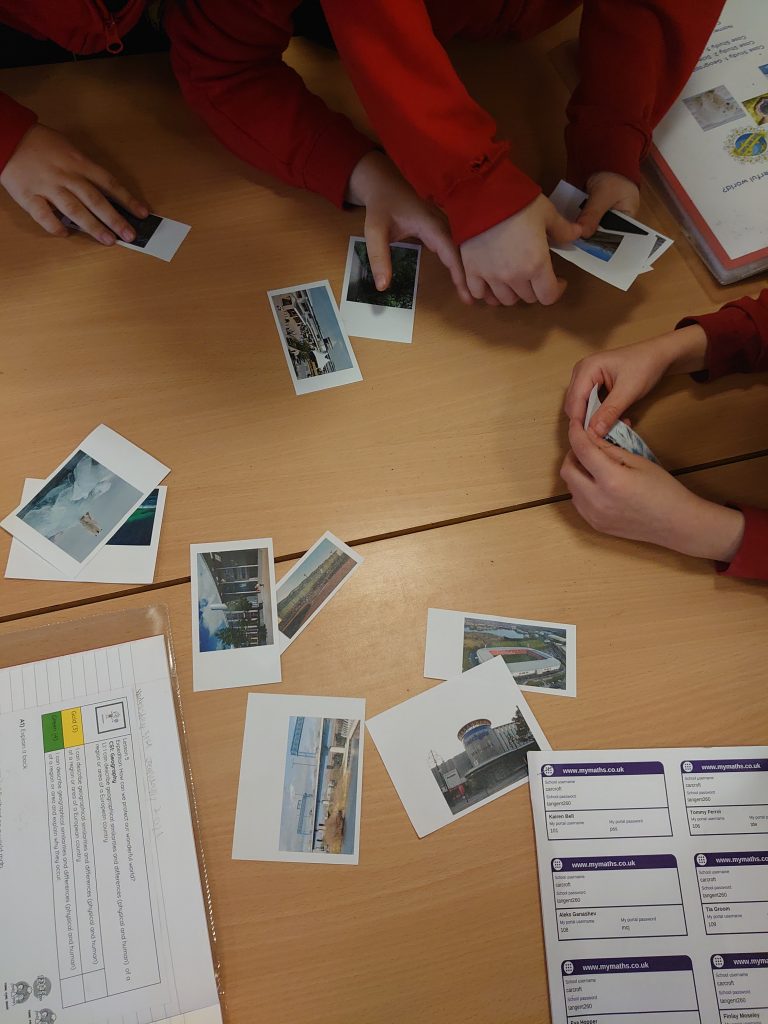
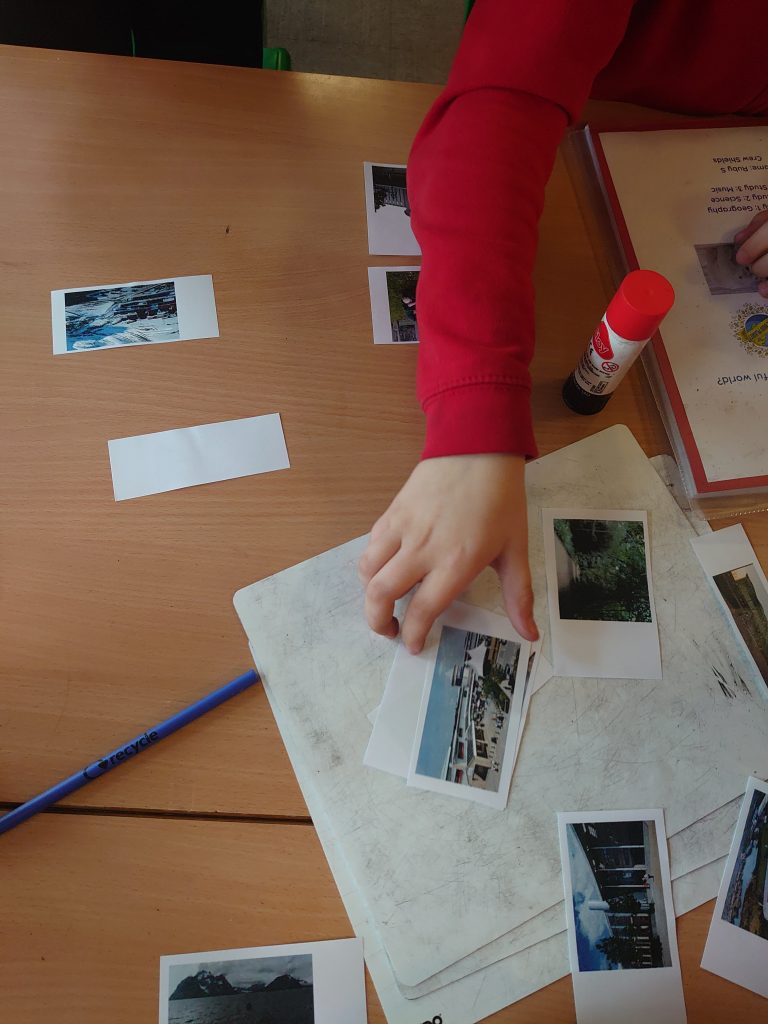
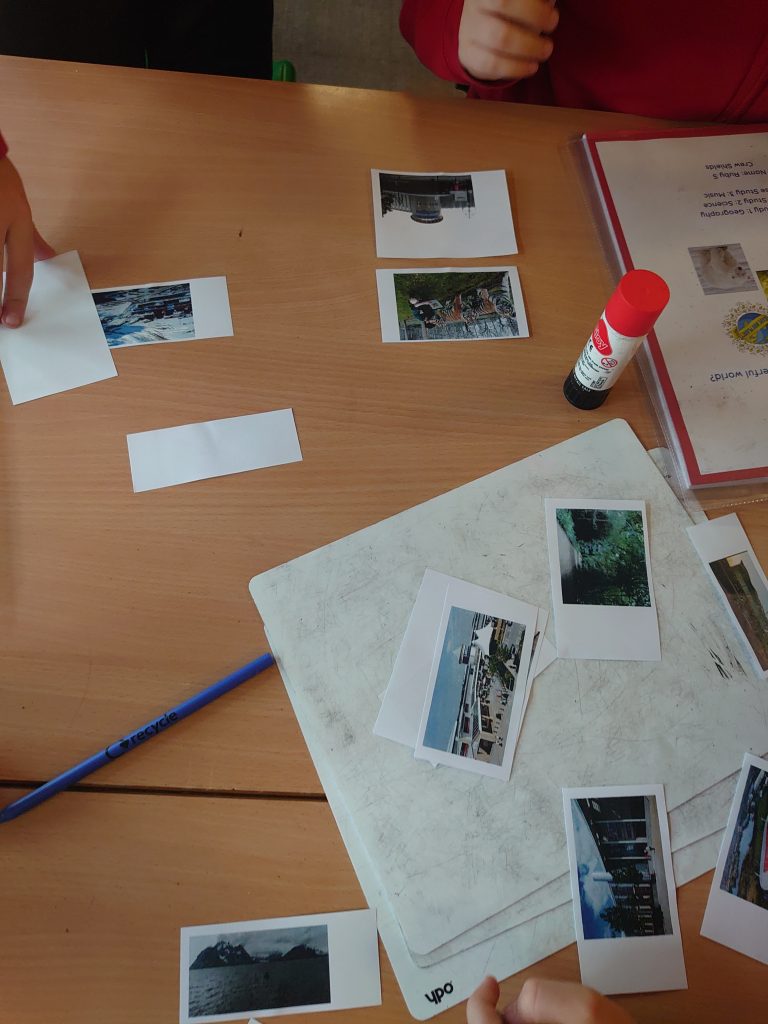
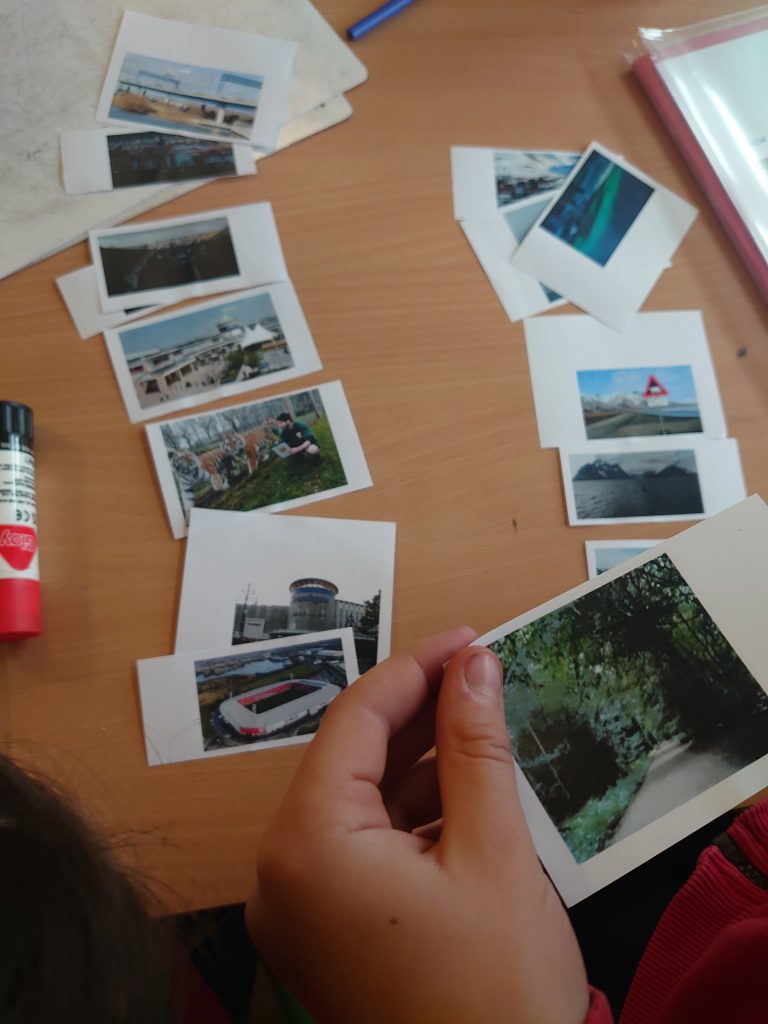
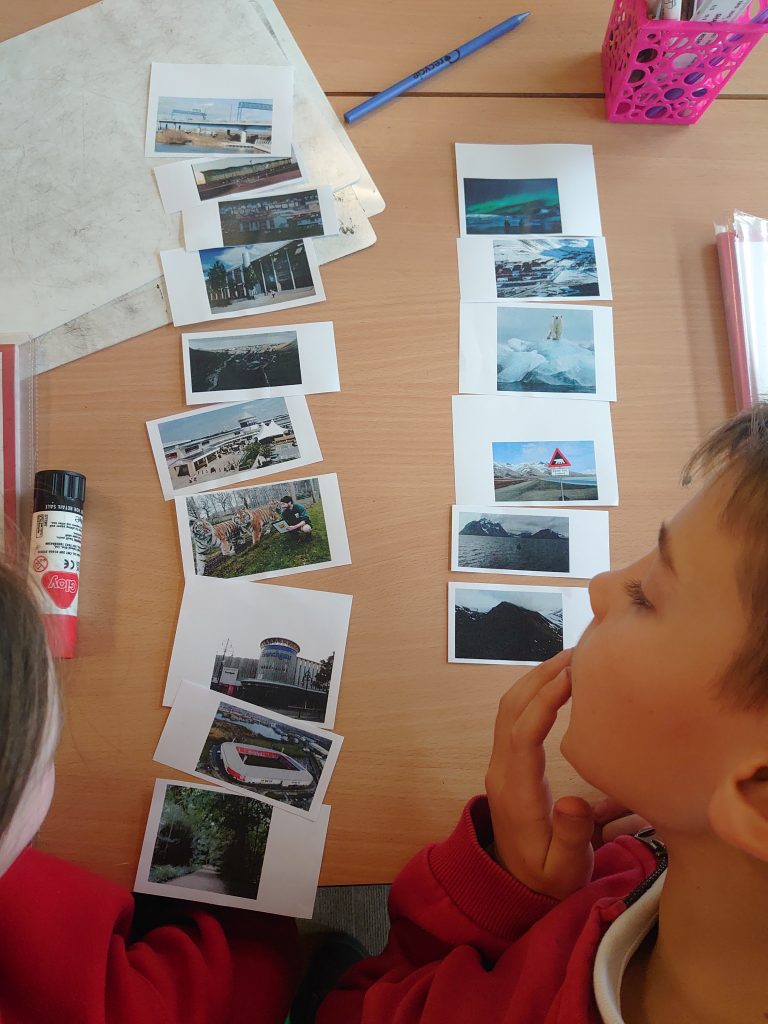
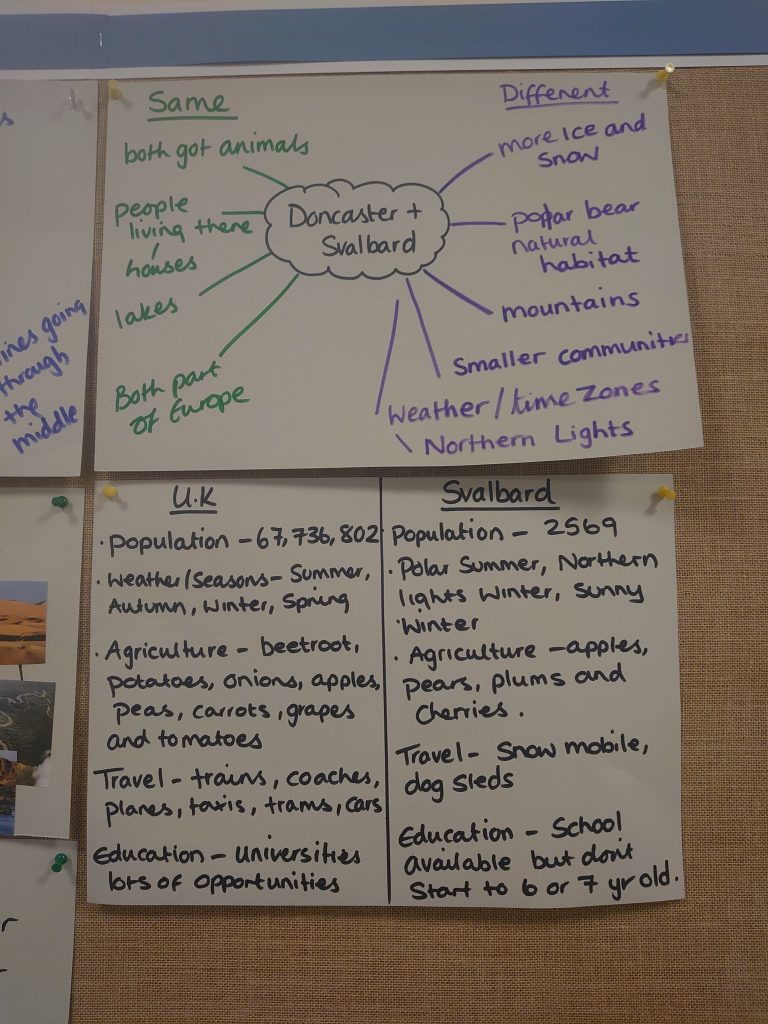
Human and physical features
On Tuesday, we spent the lesson discussing the human and physical features of Italy and Africa. The aim was to compare 2 places from different geographical zones and start to understand why there are differences between them based on where they are located in the world. We enjoyed finding out different information and we were totally surprised that Africa has approximately an eighth of the worlds population.
